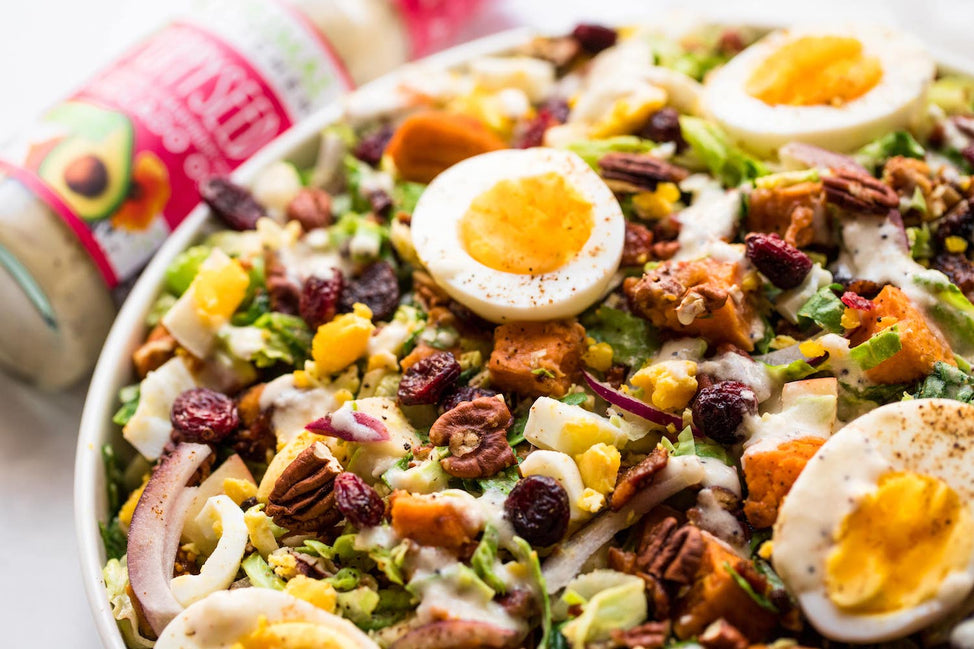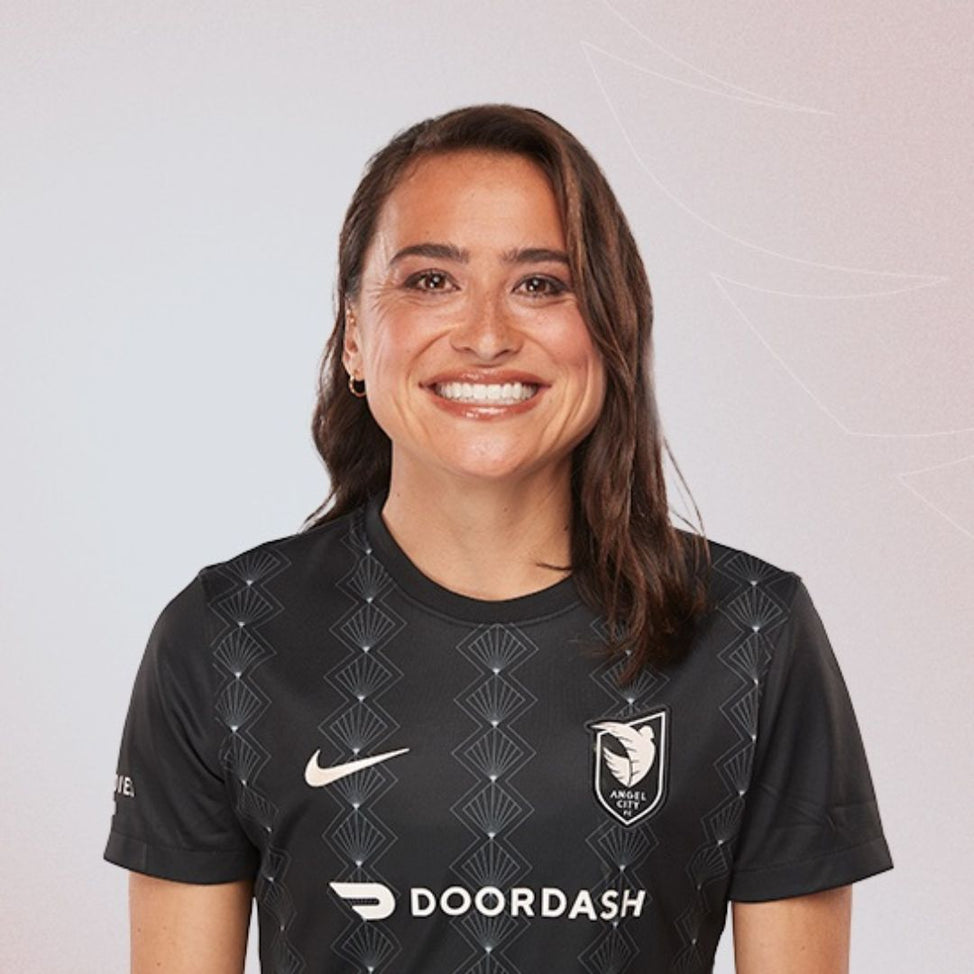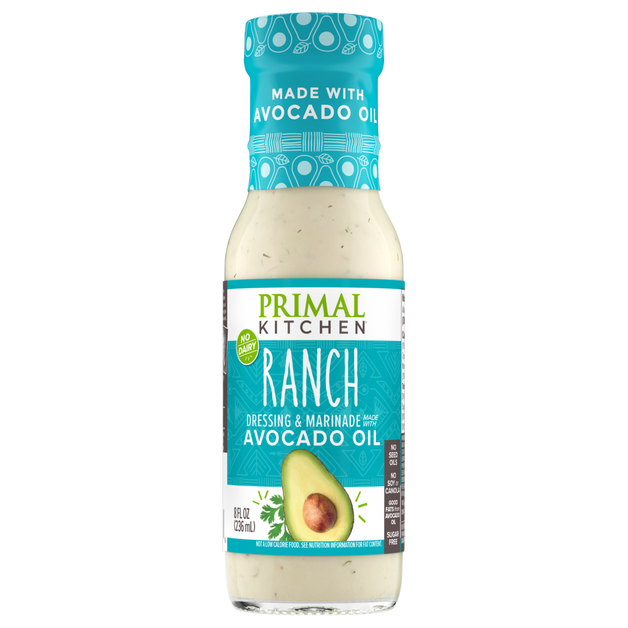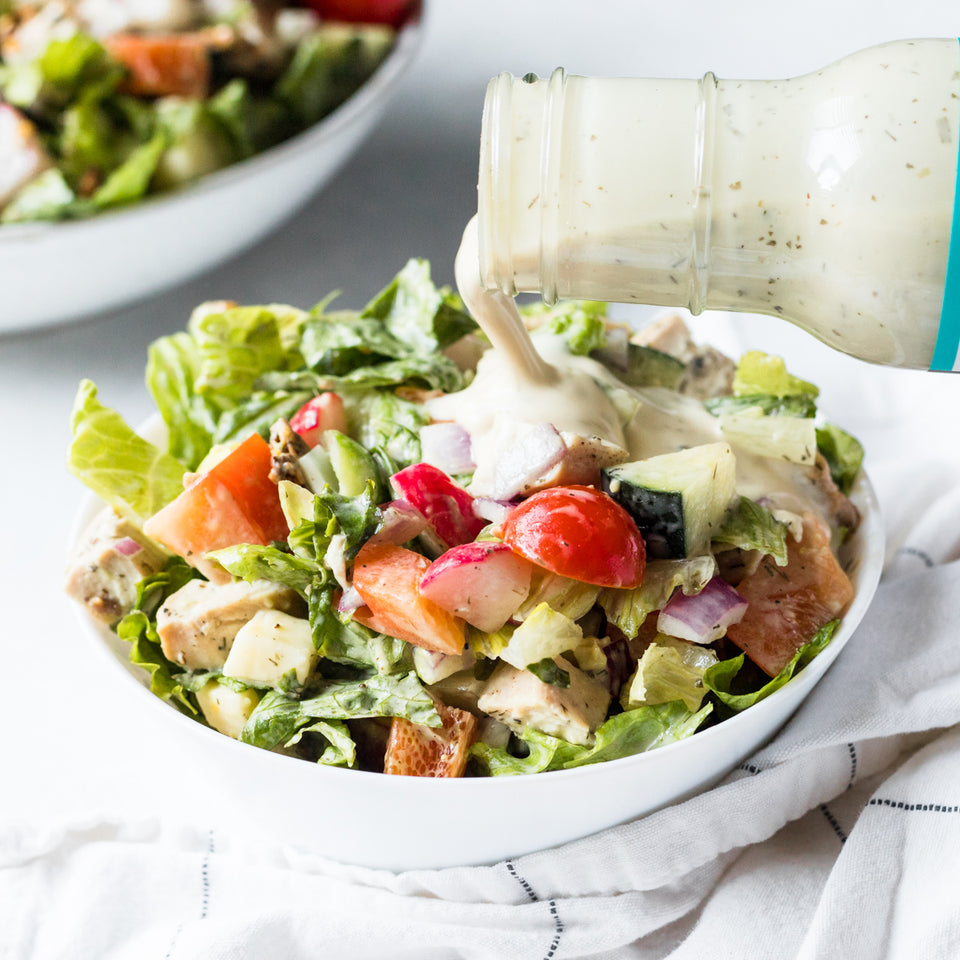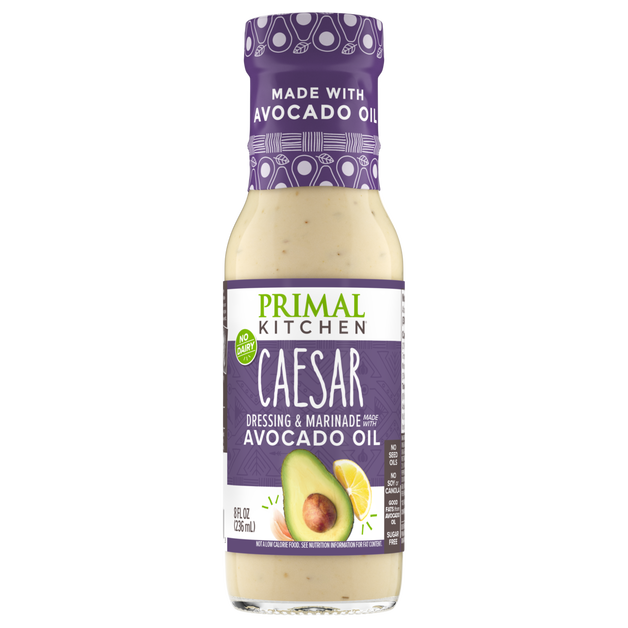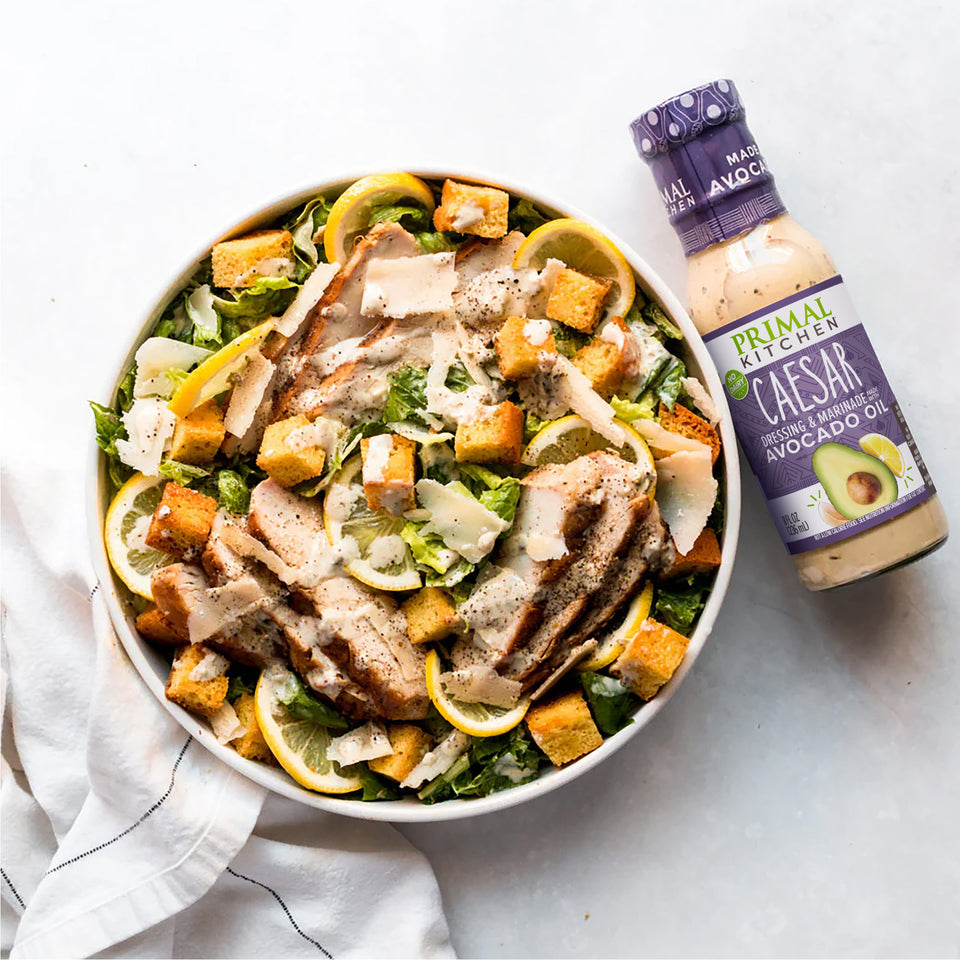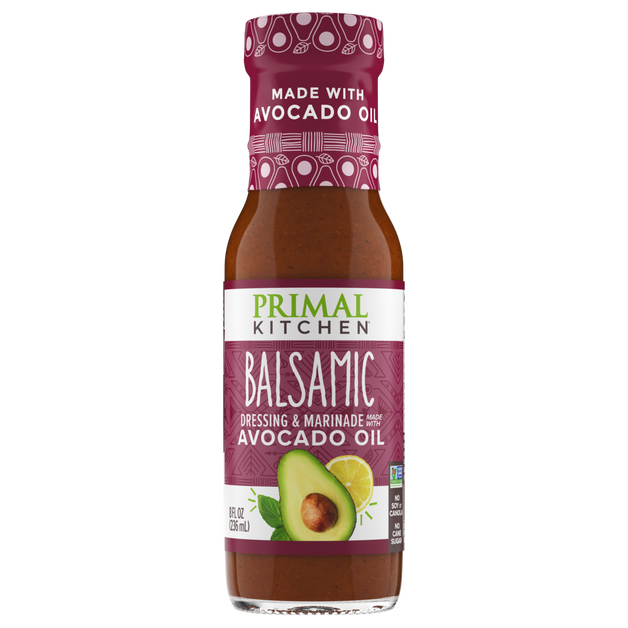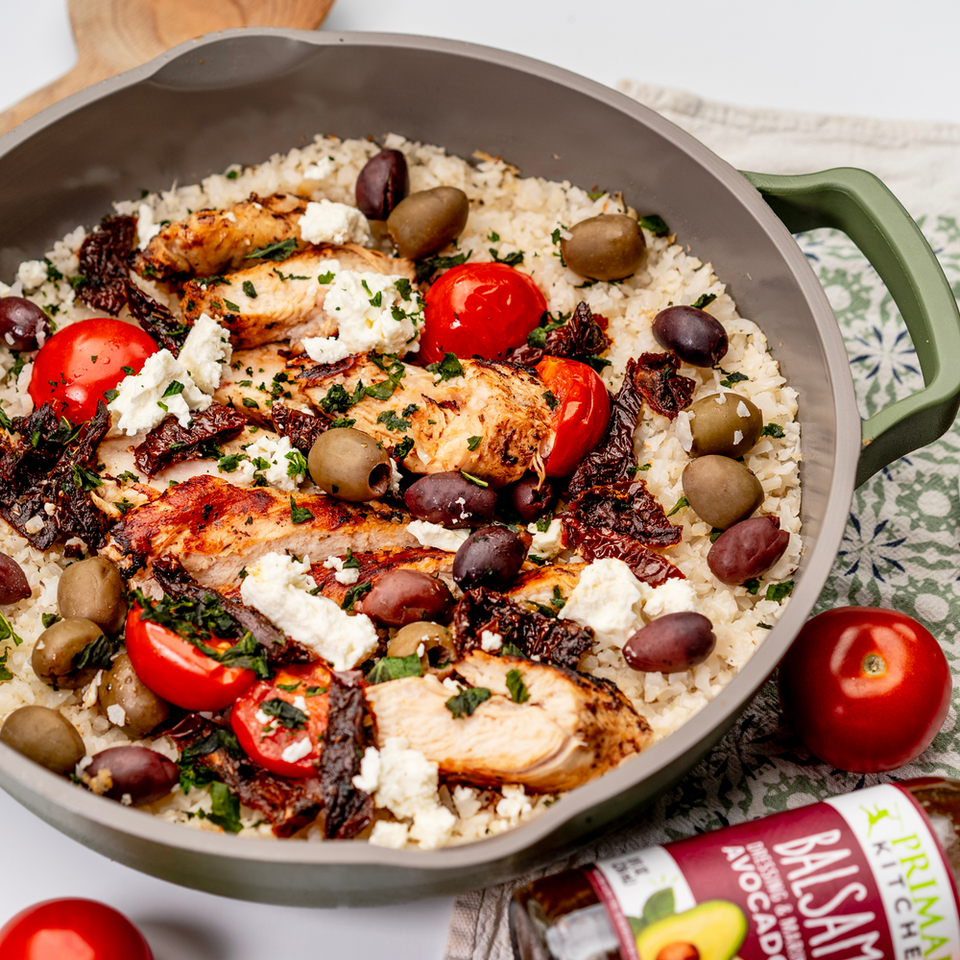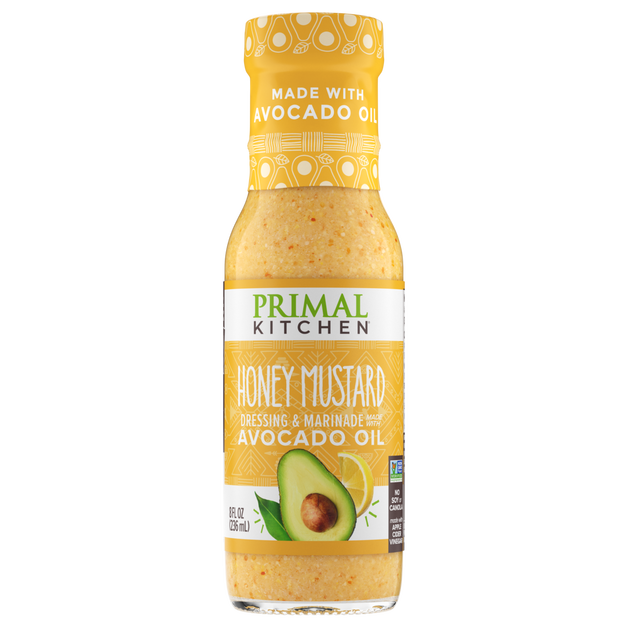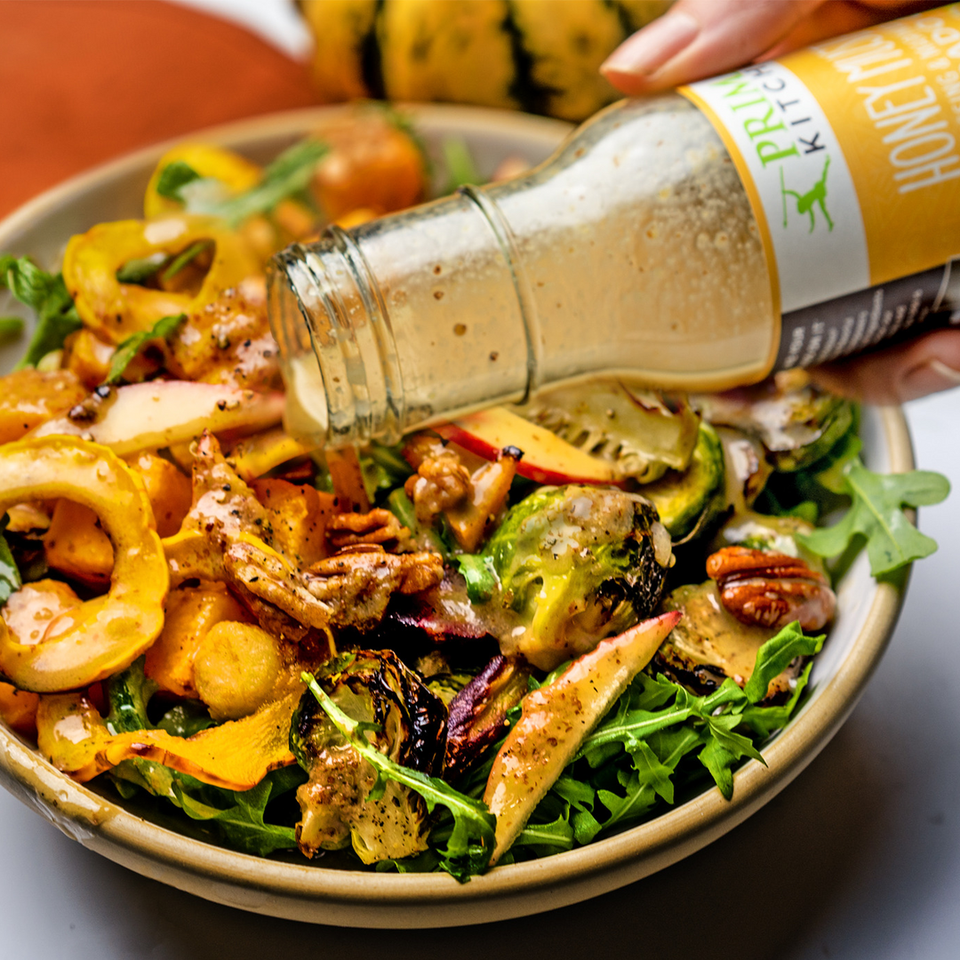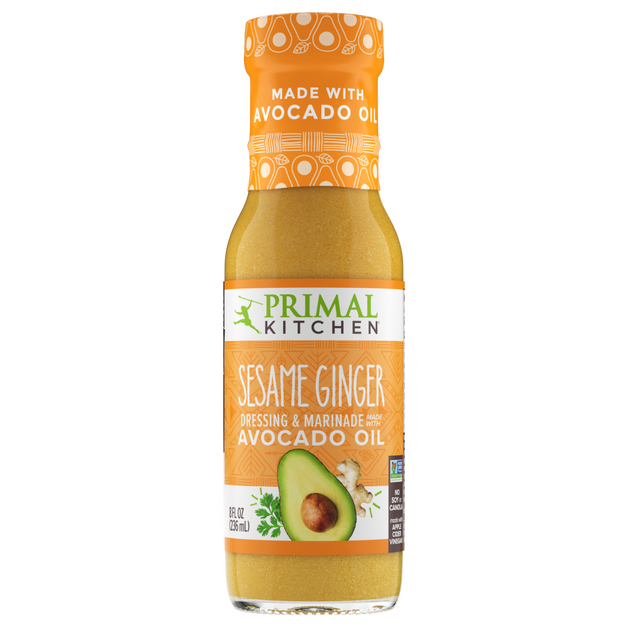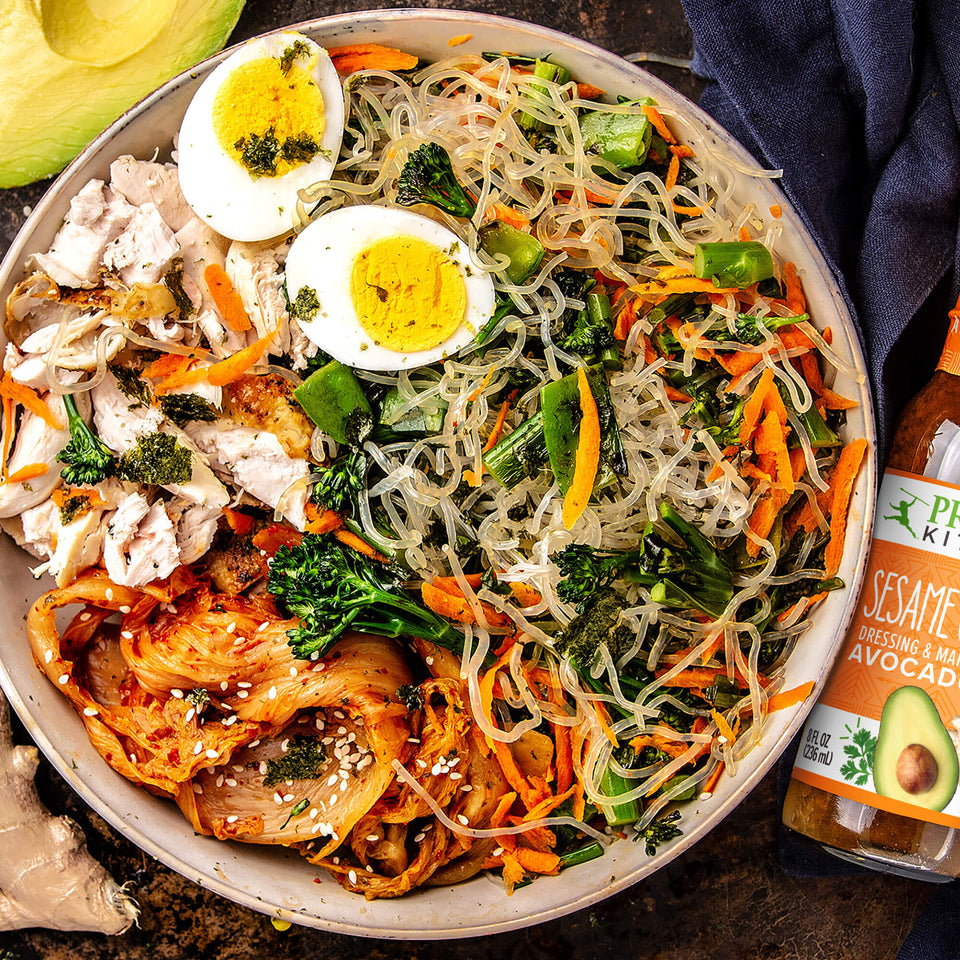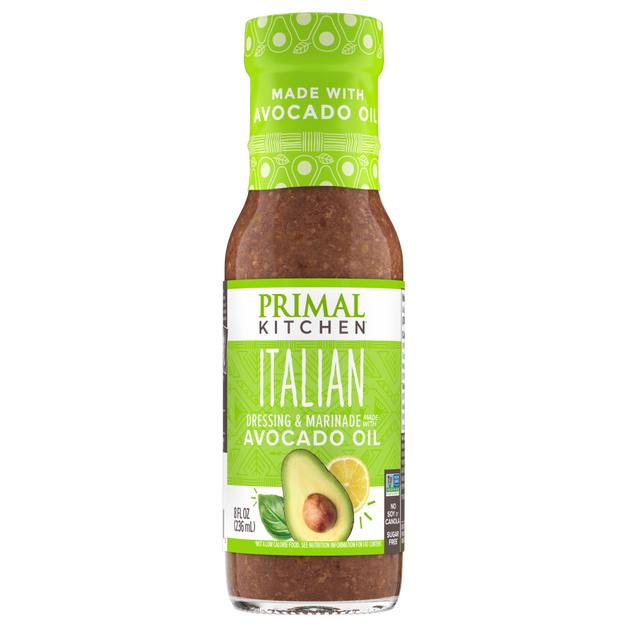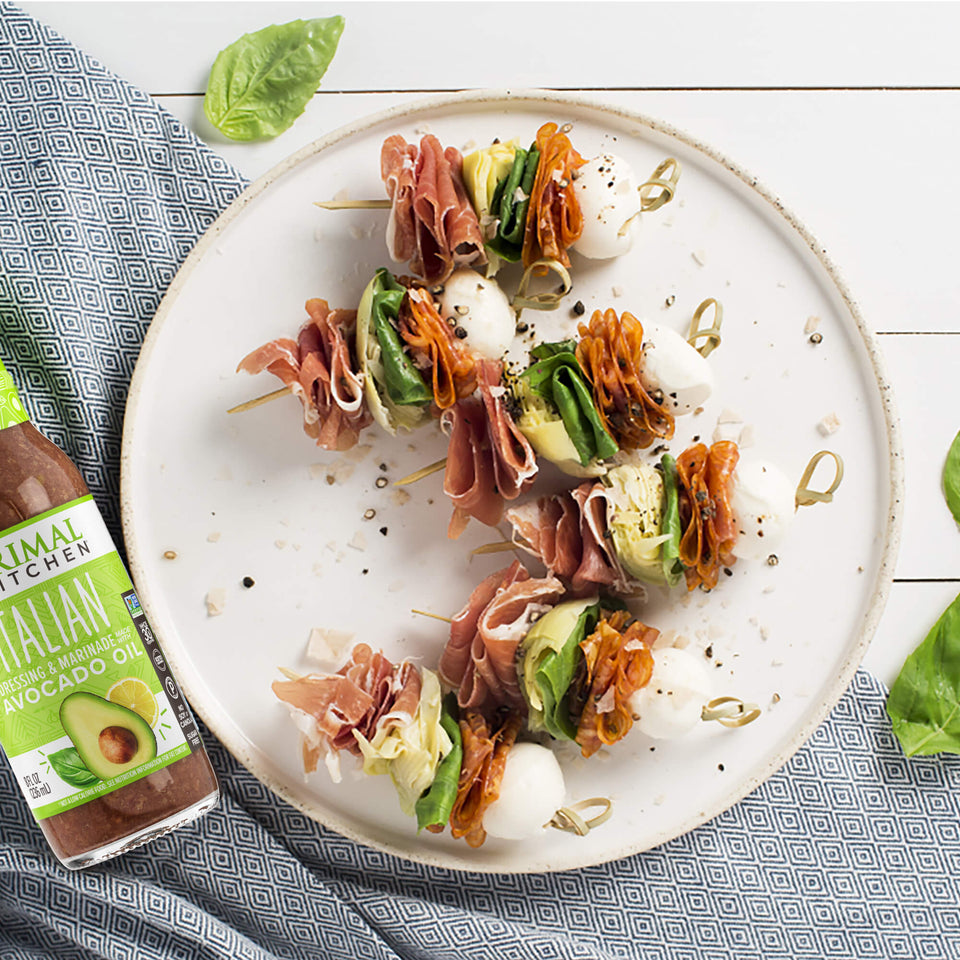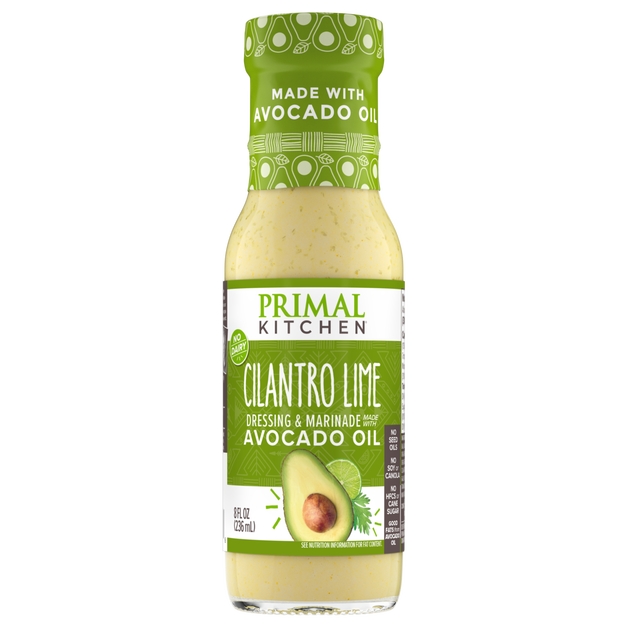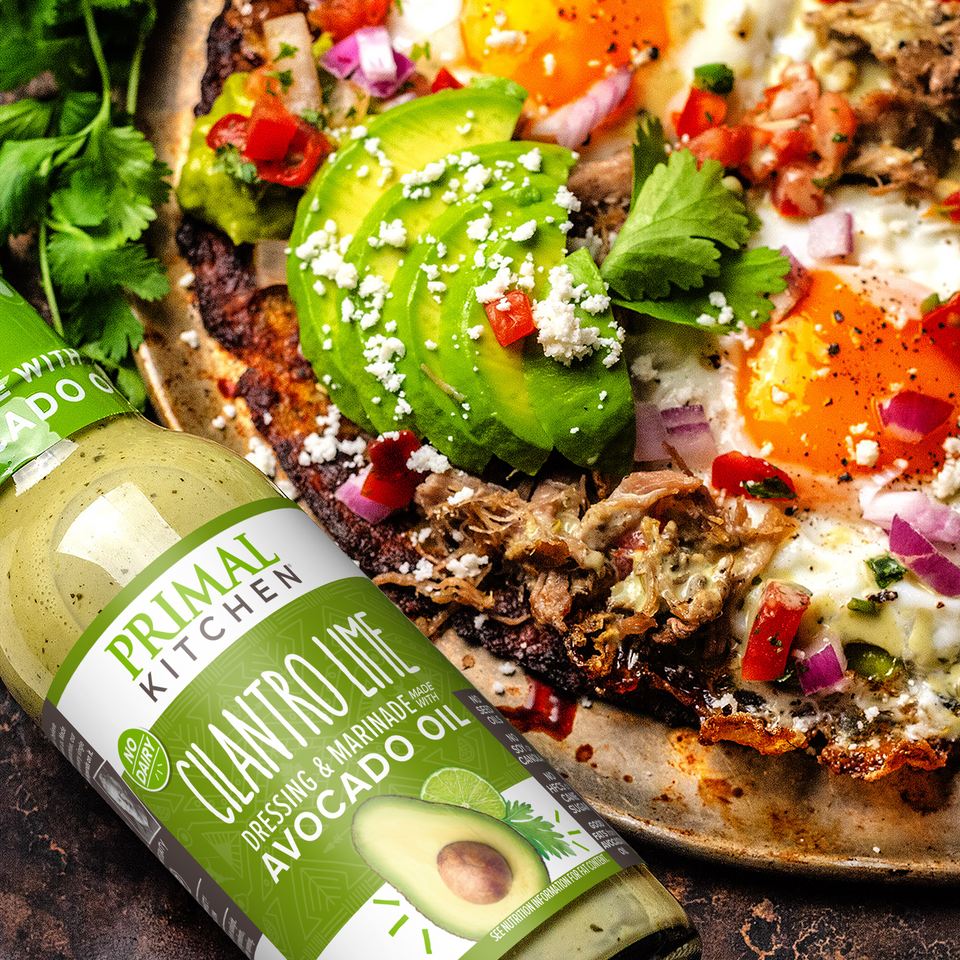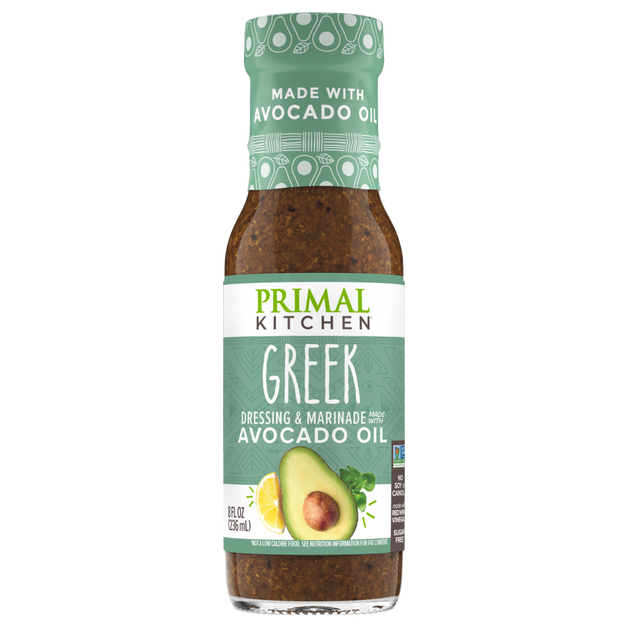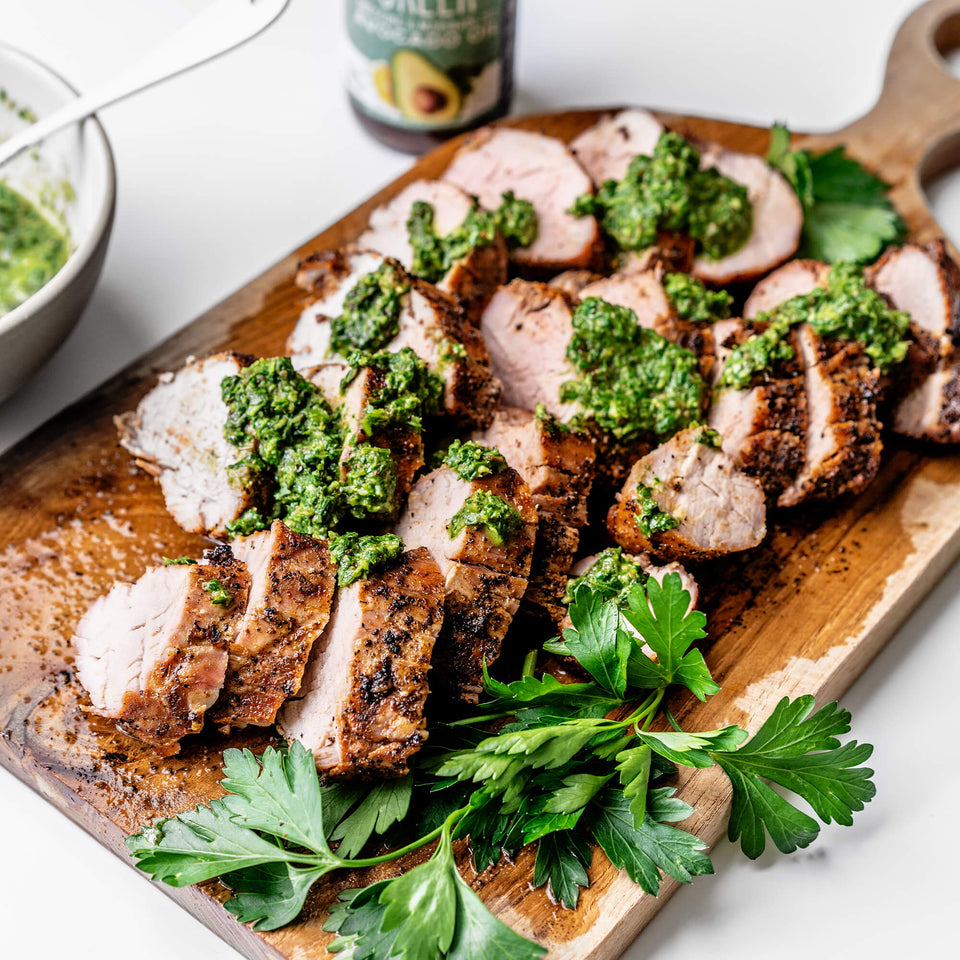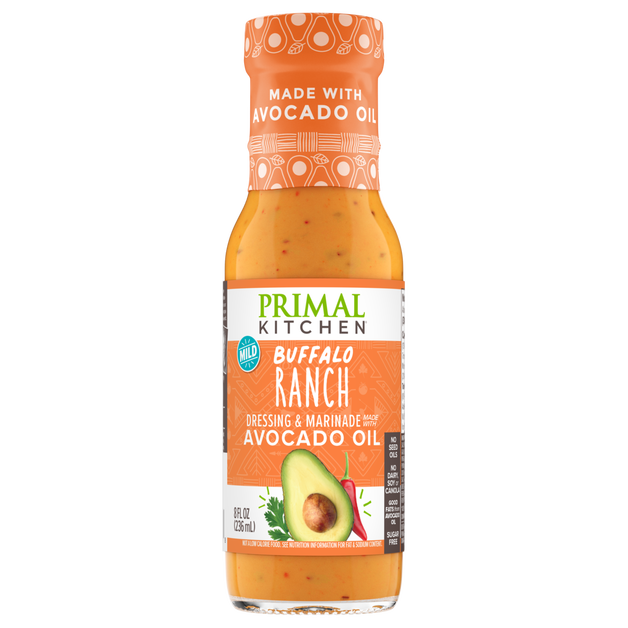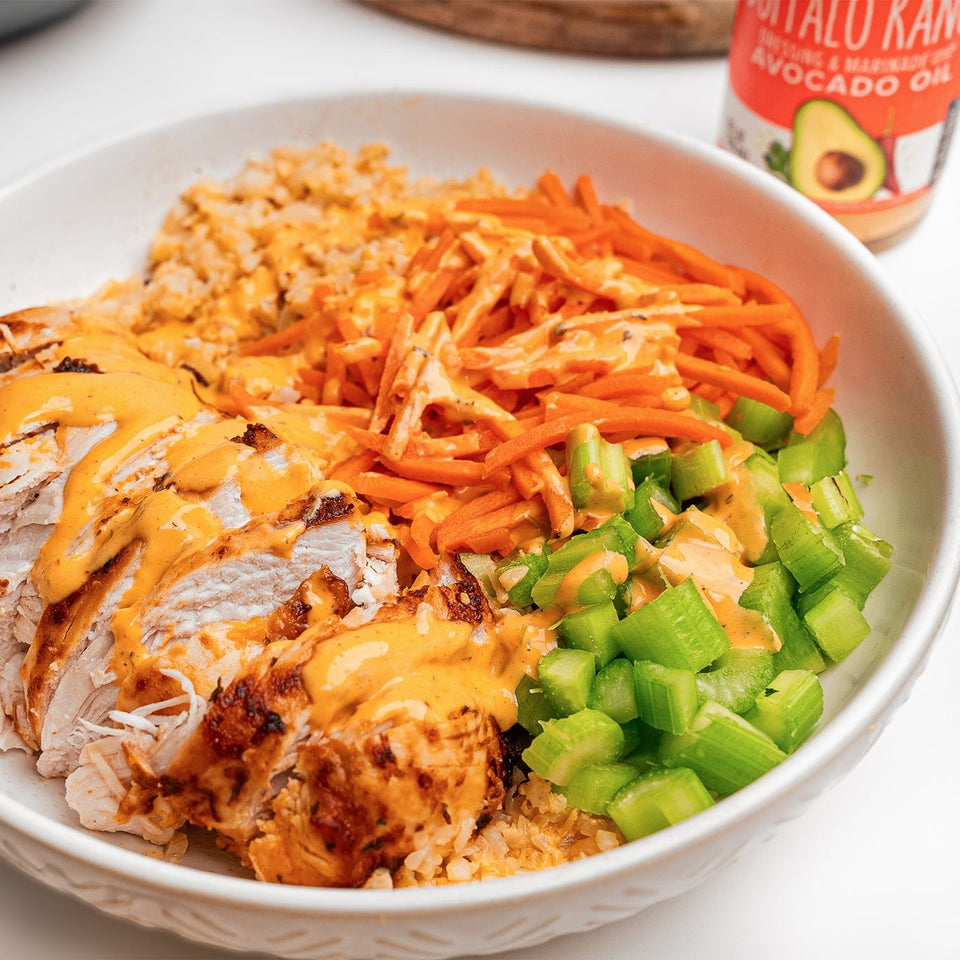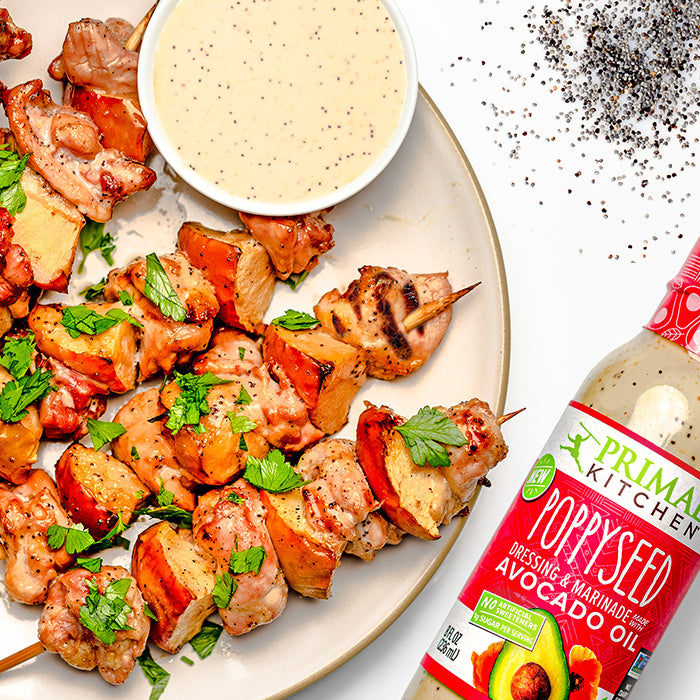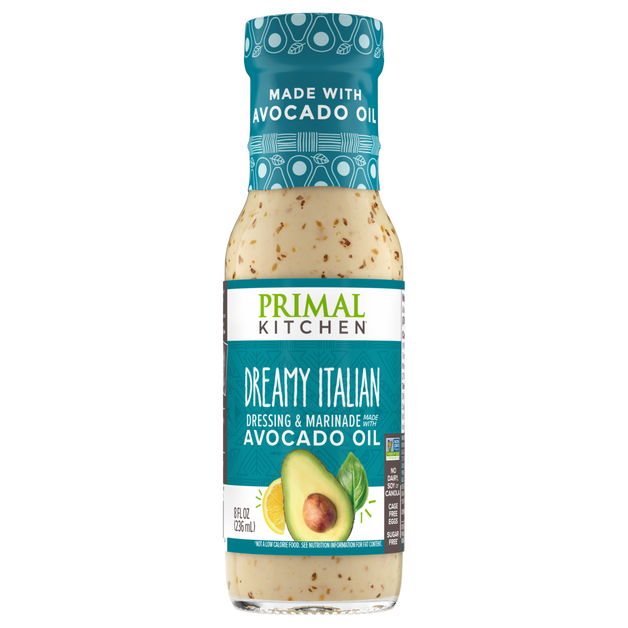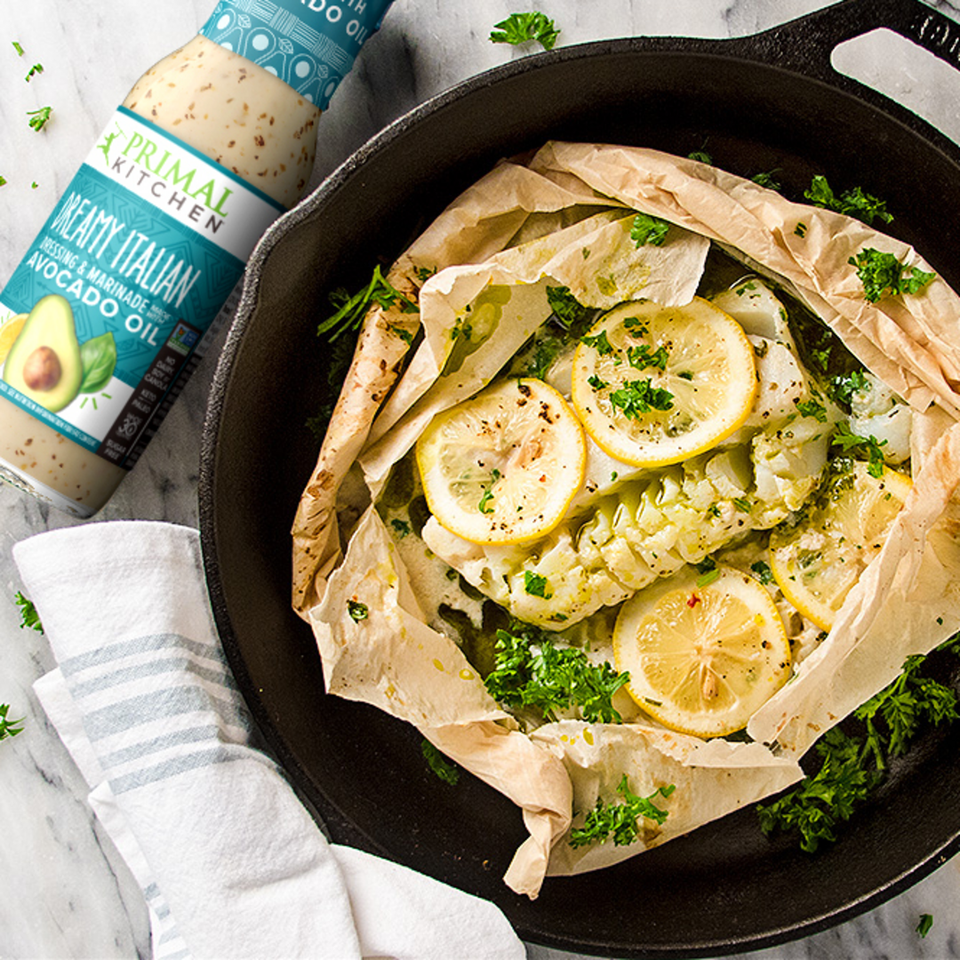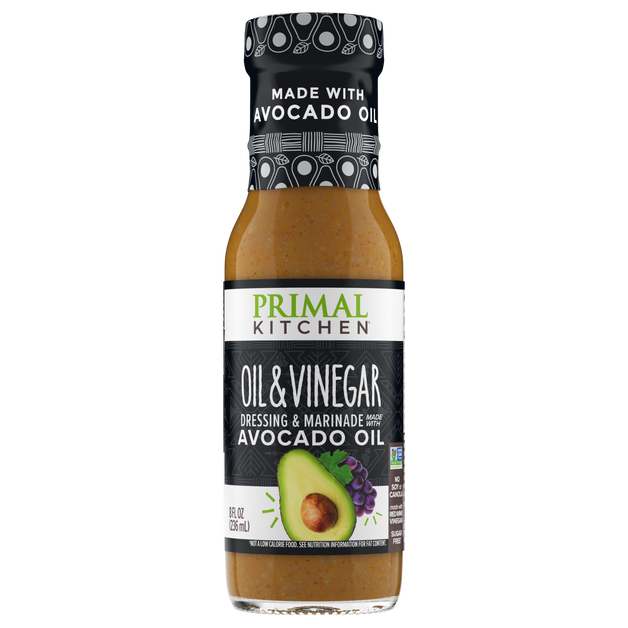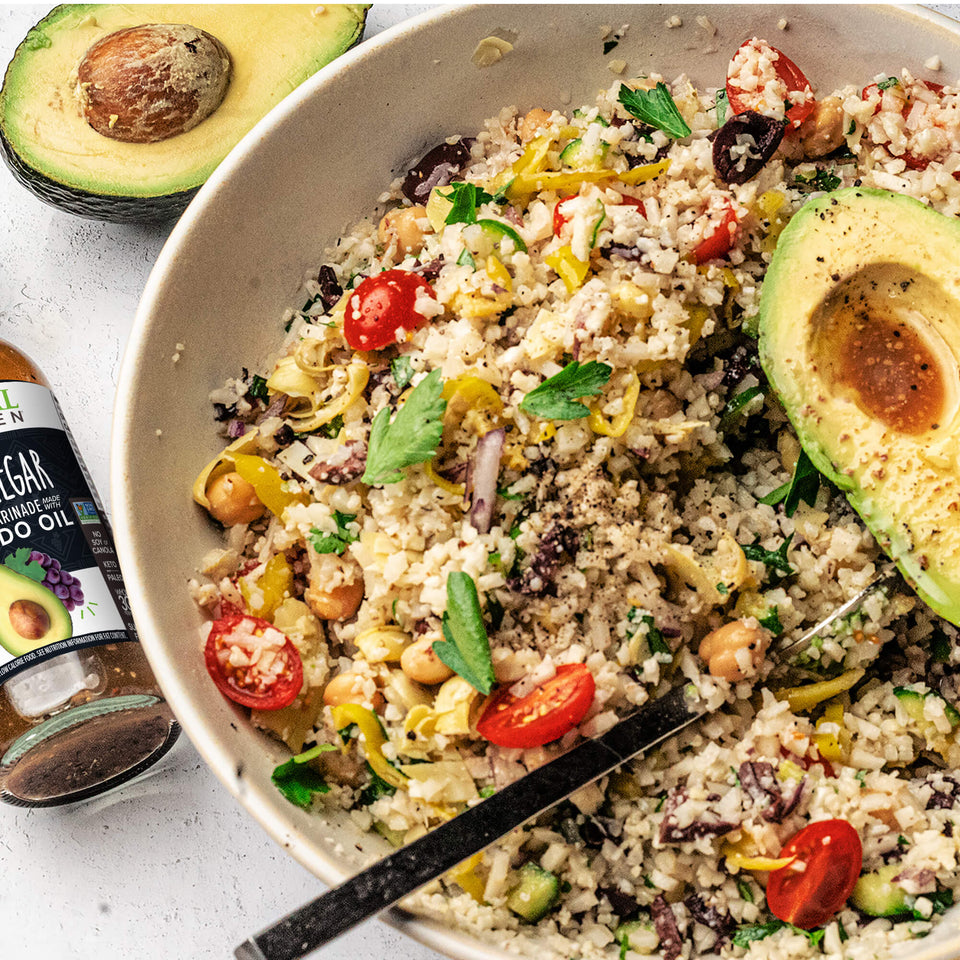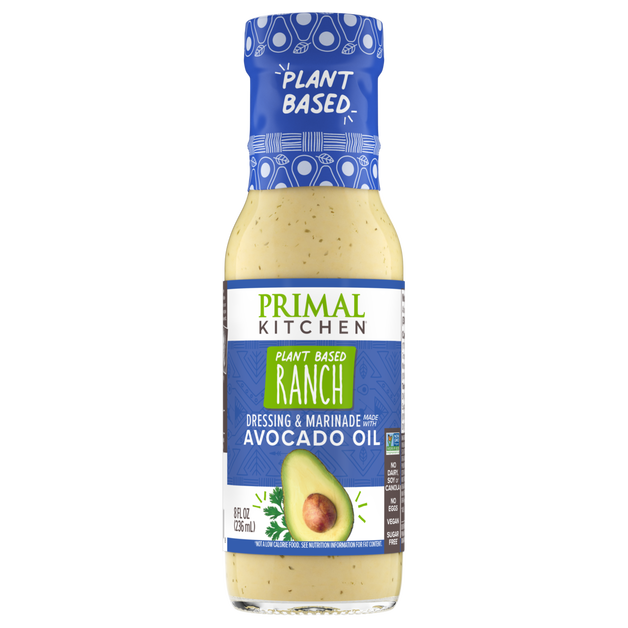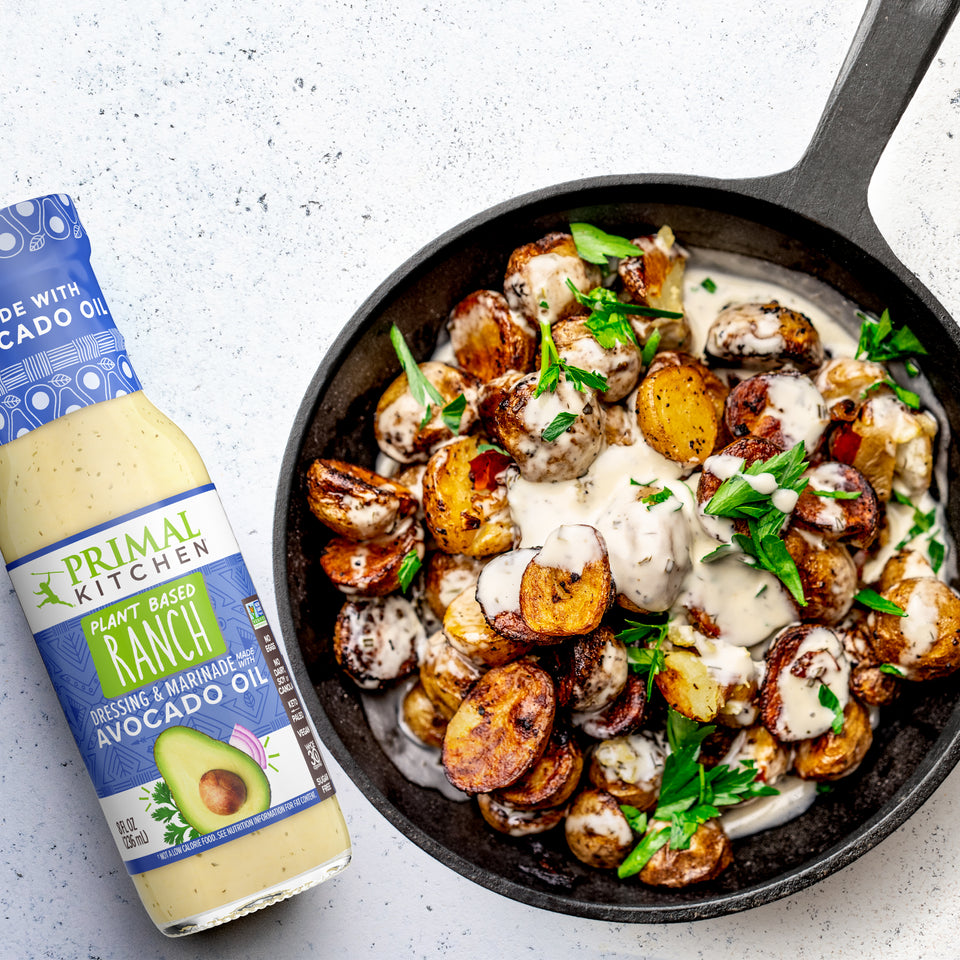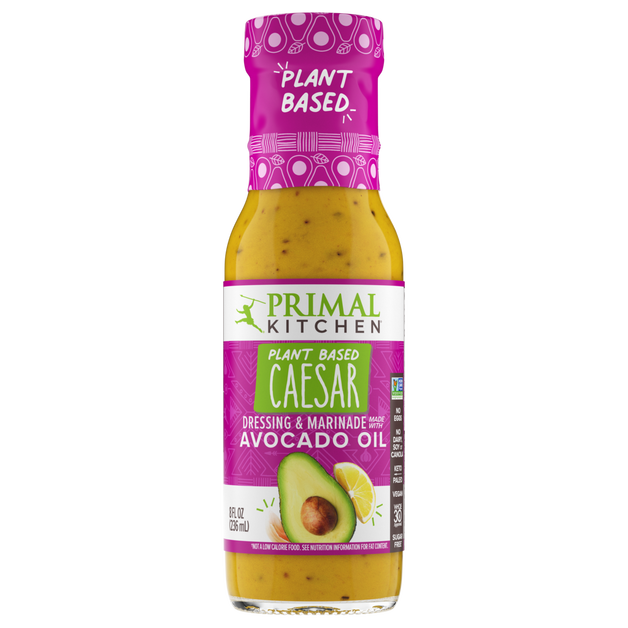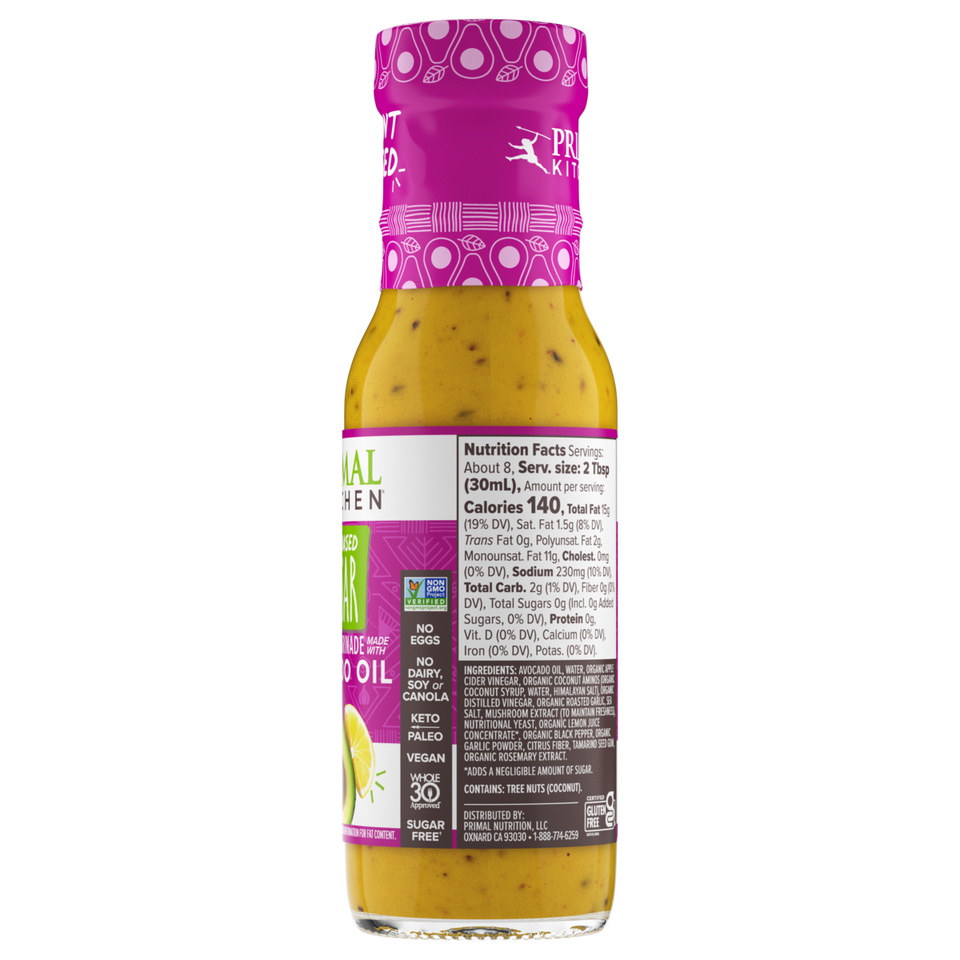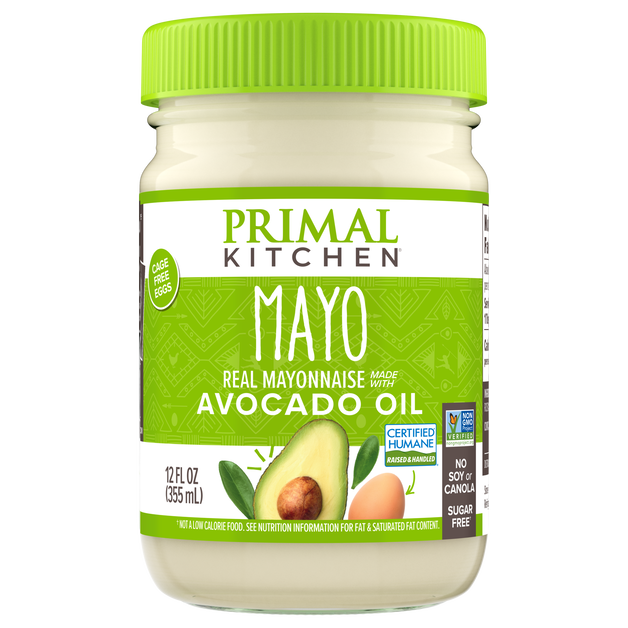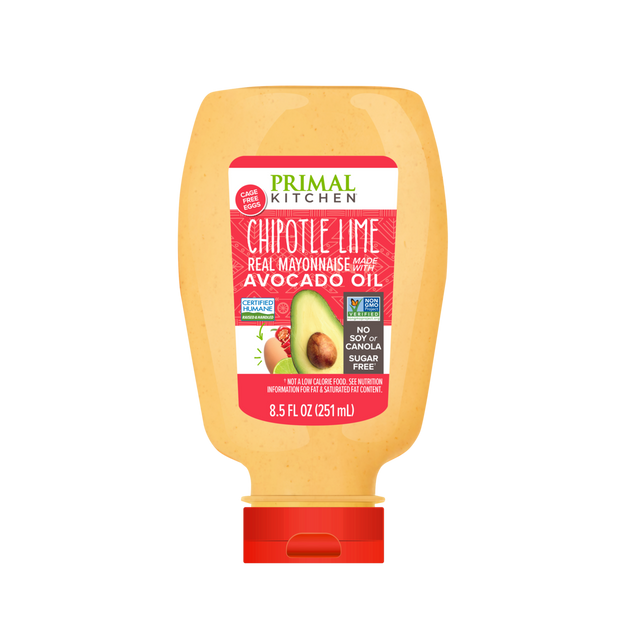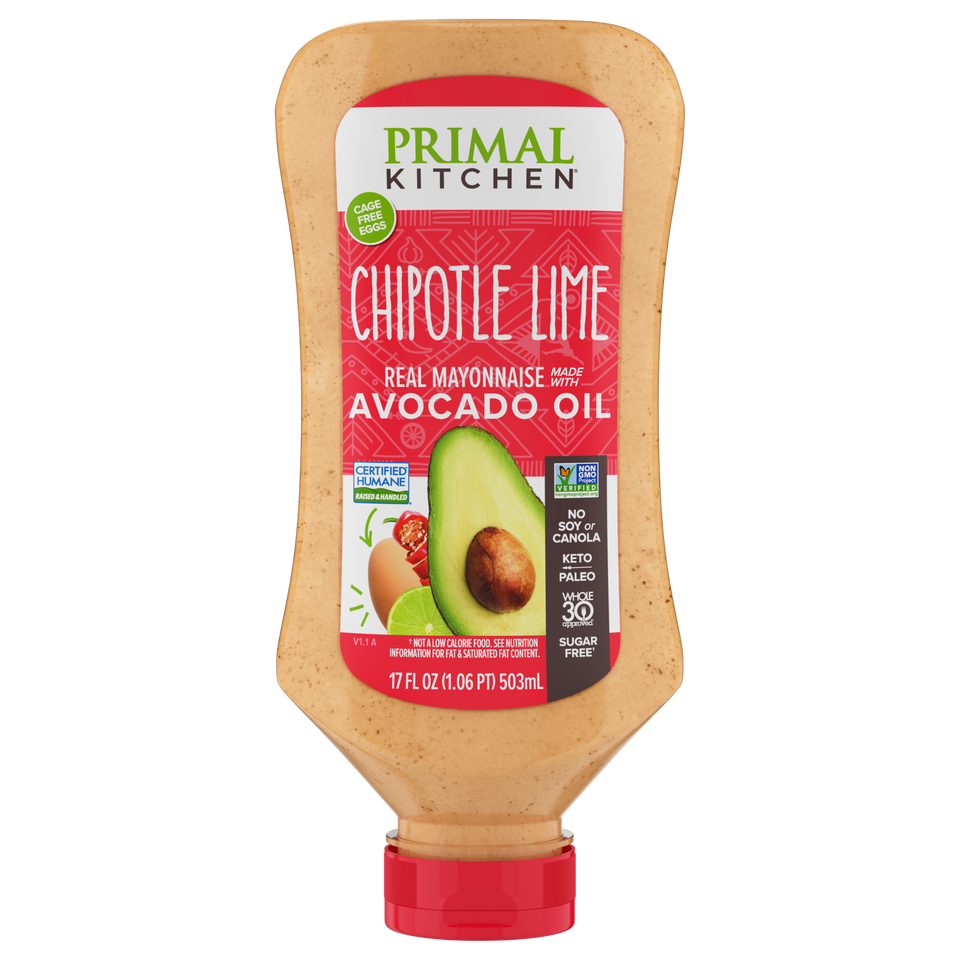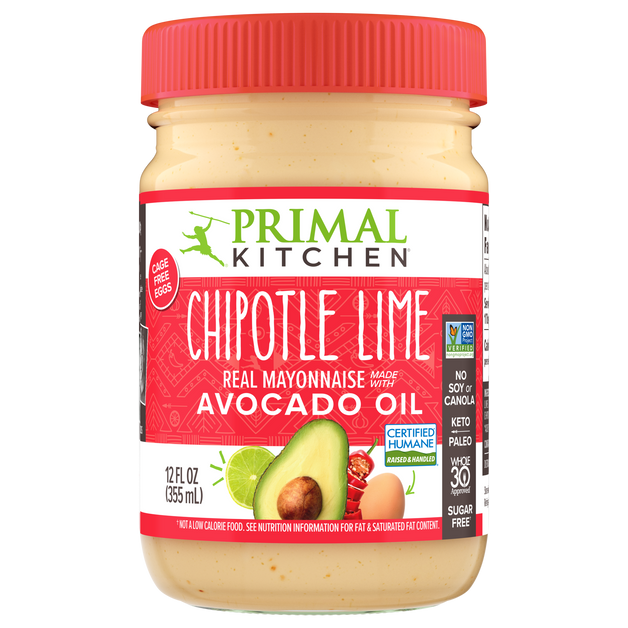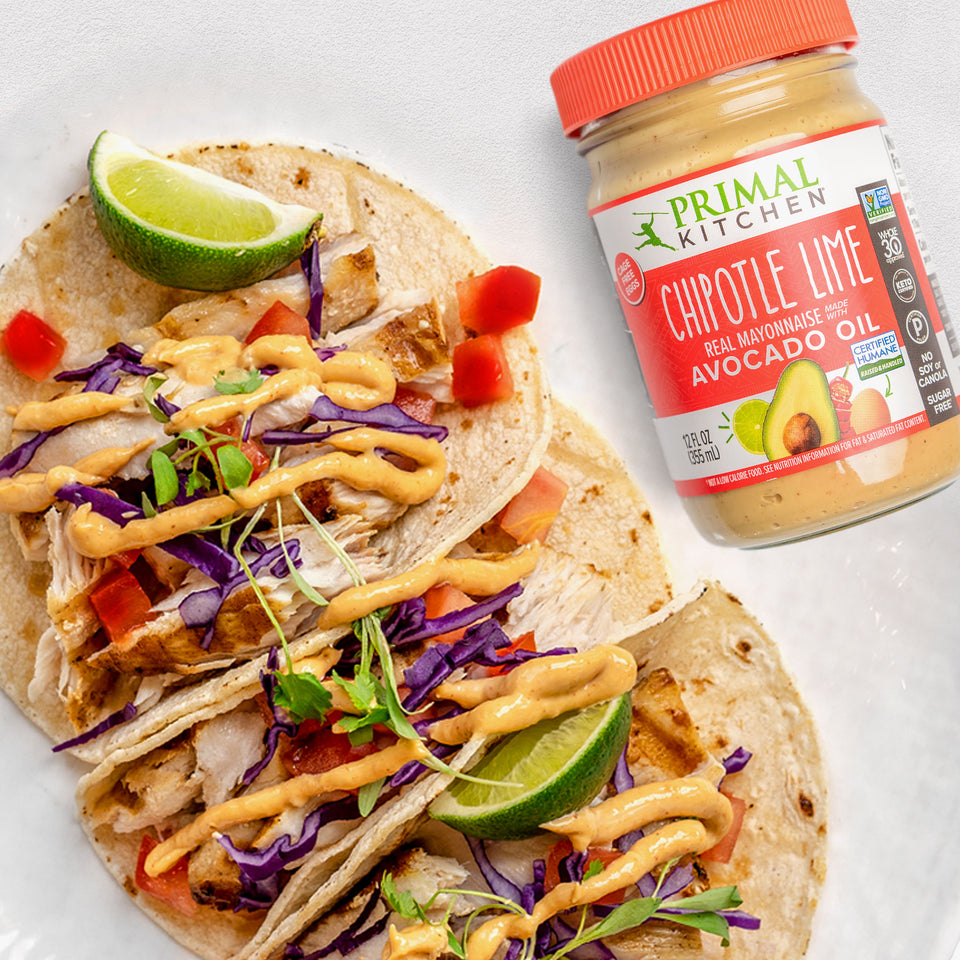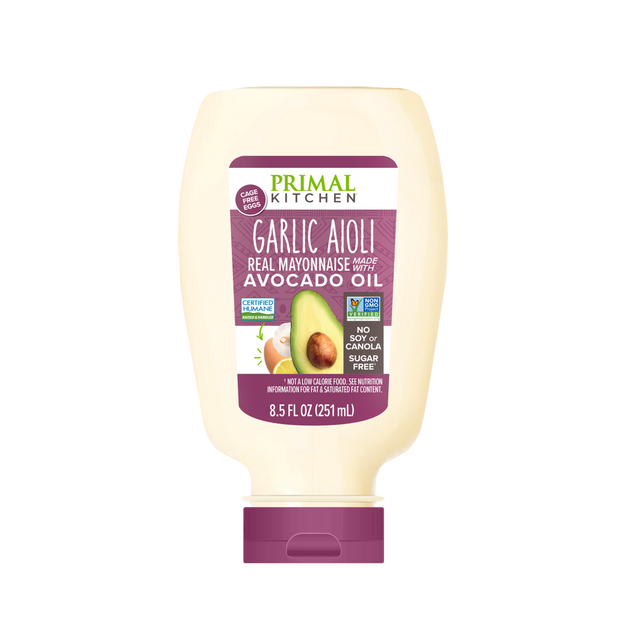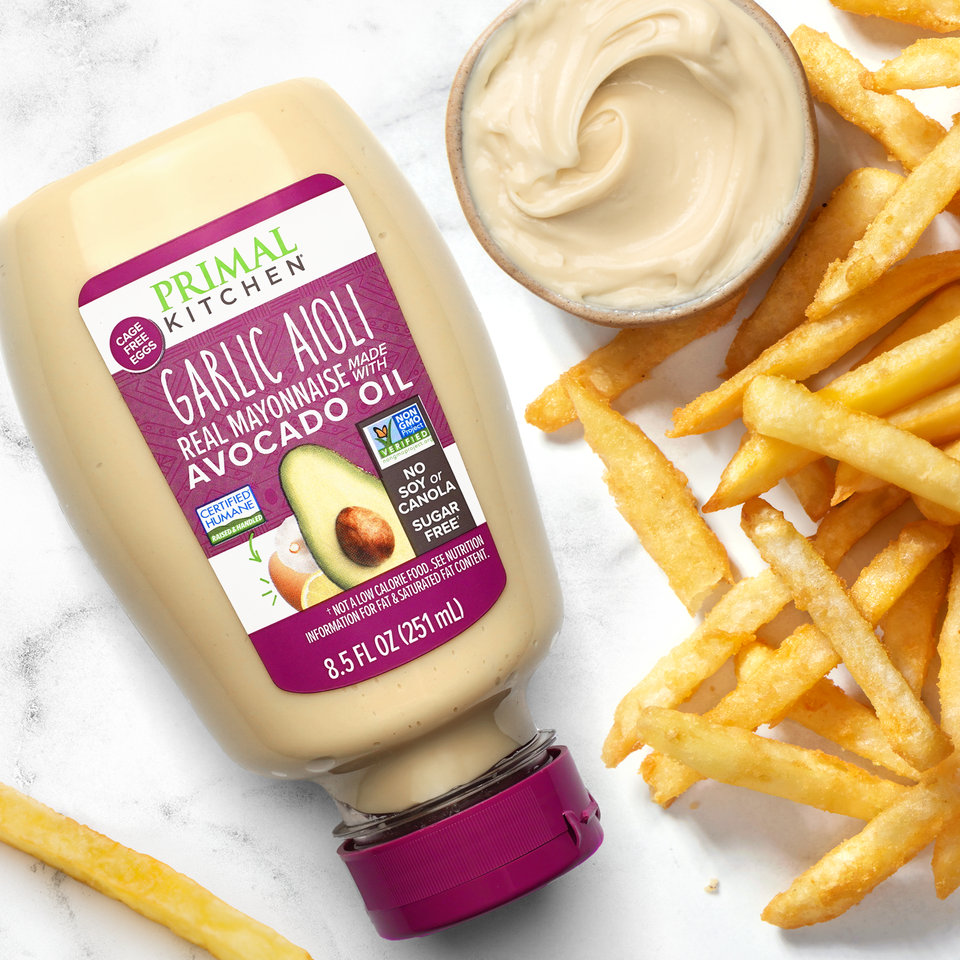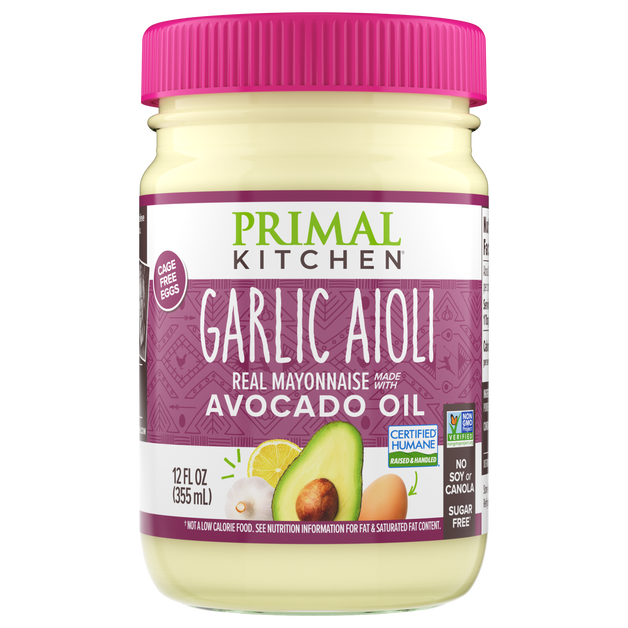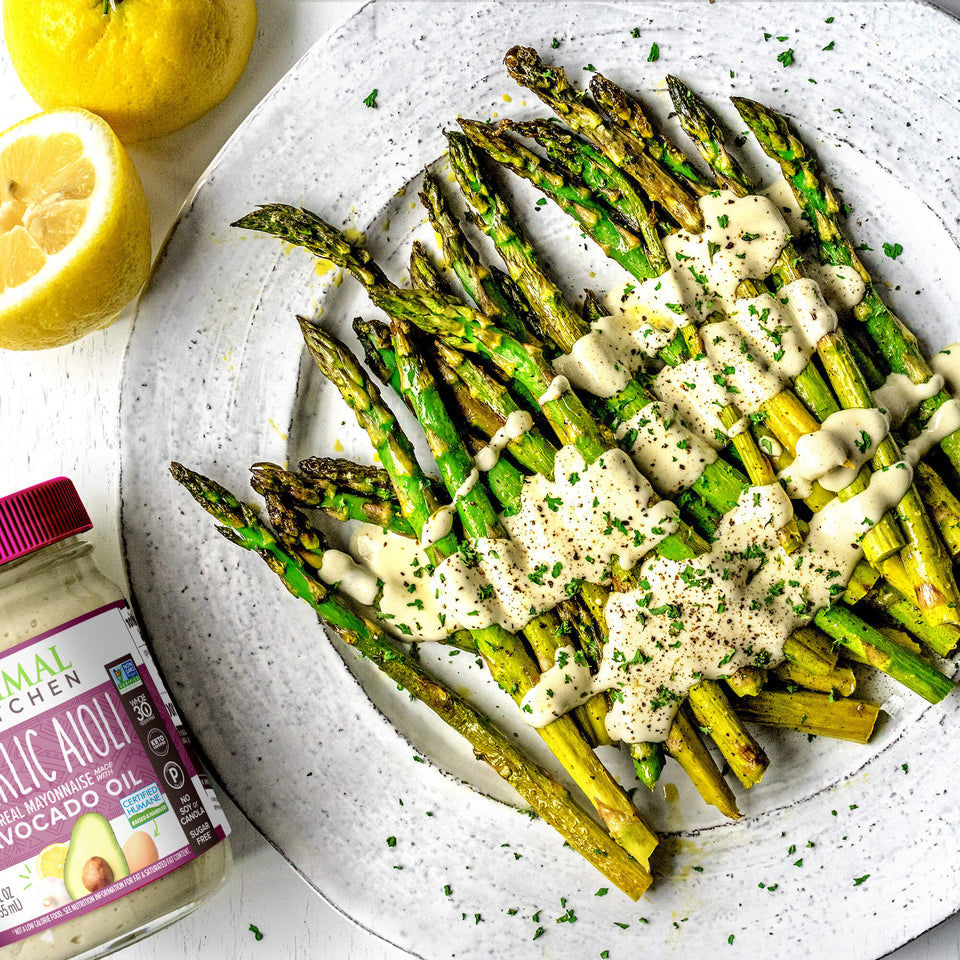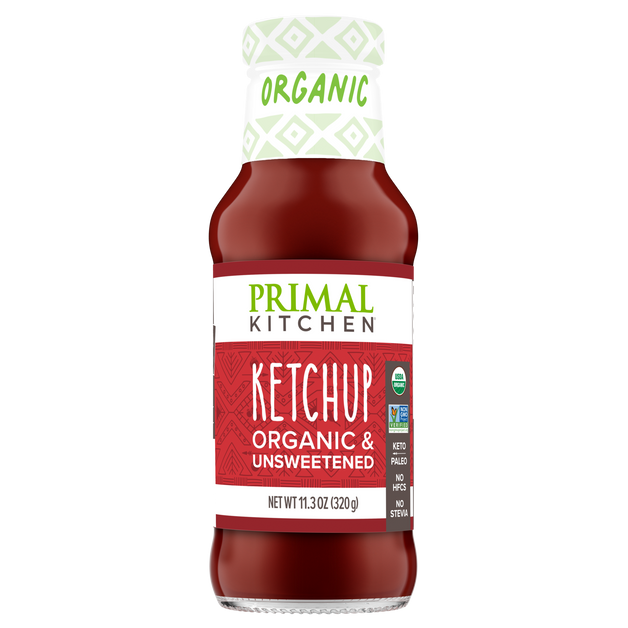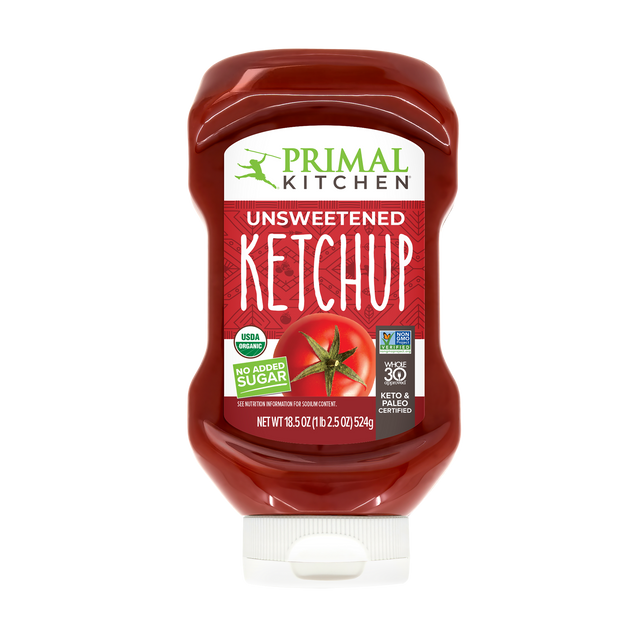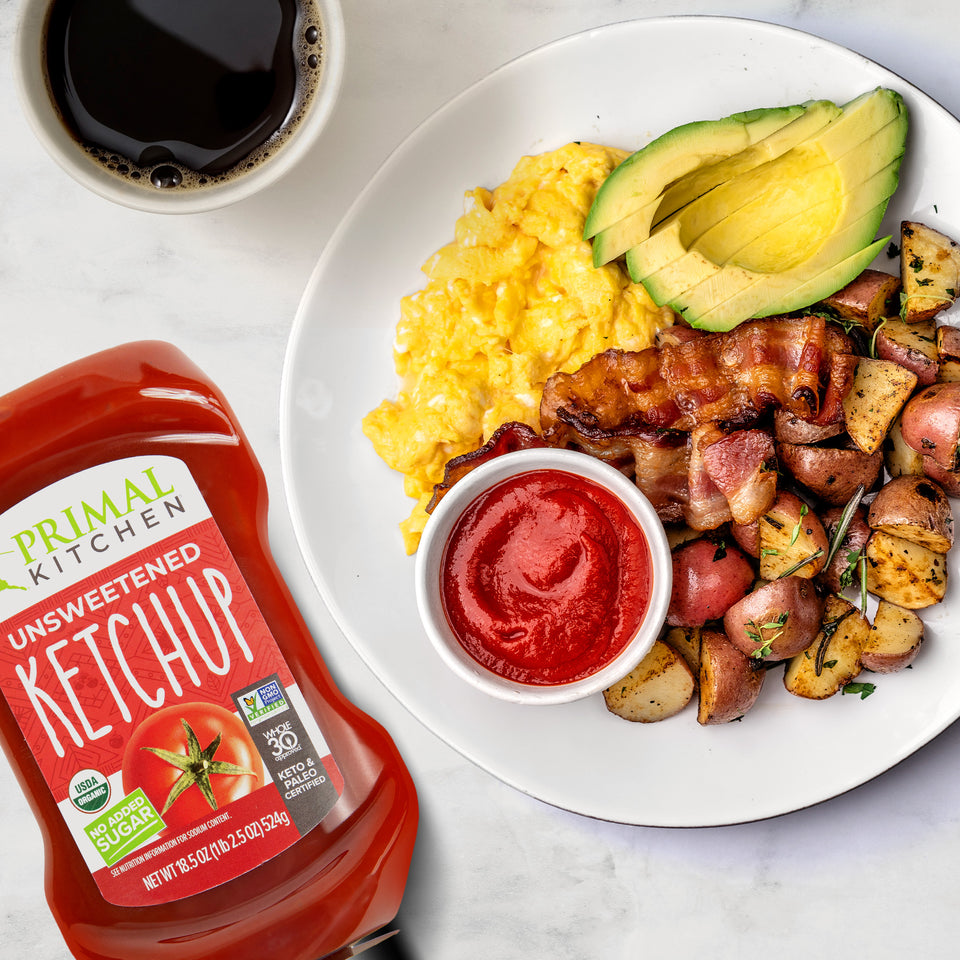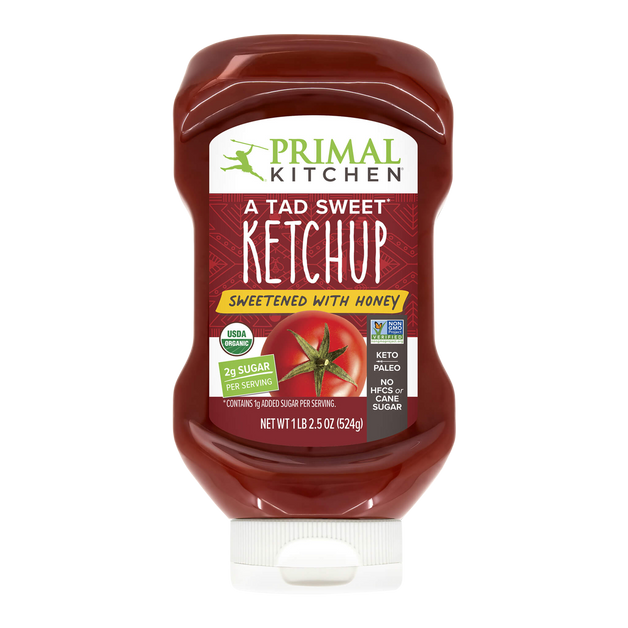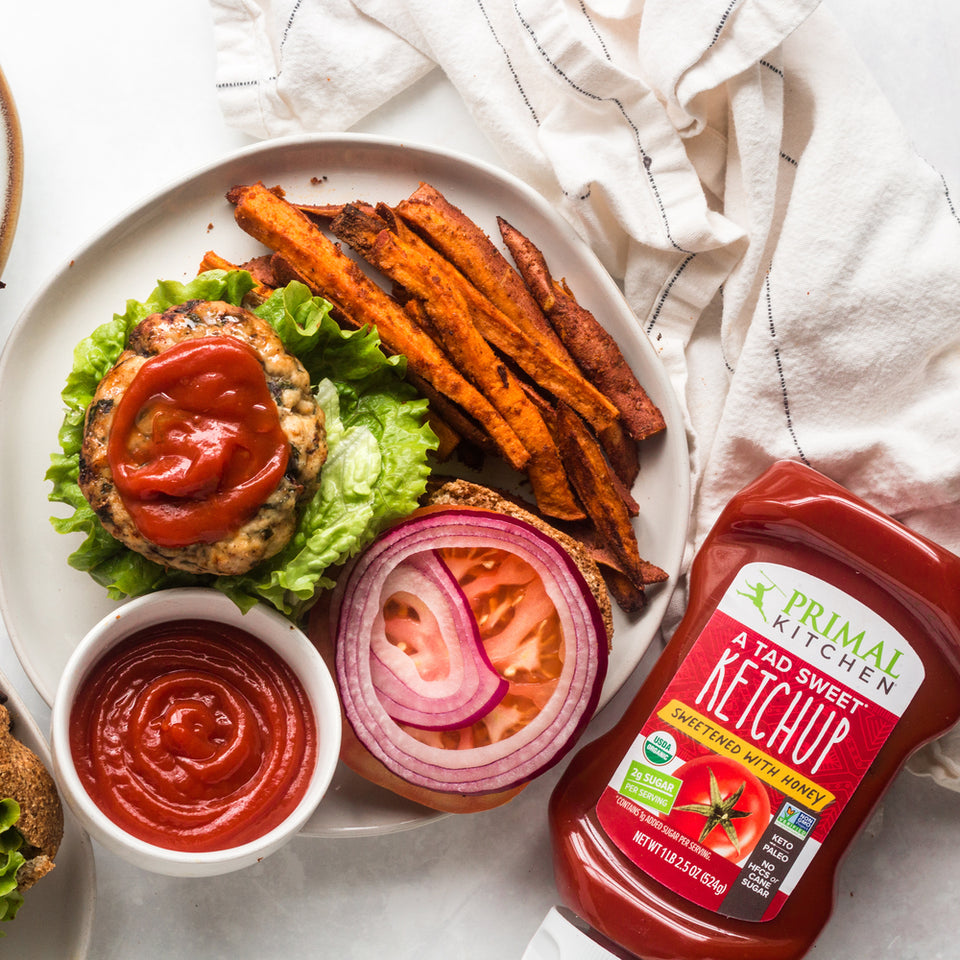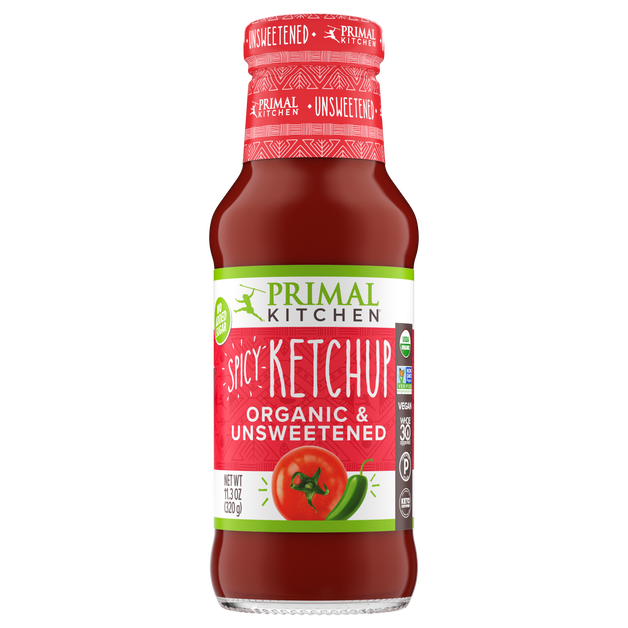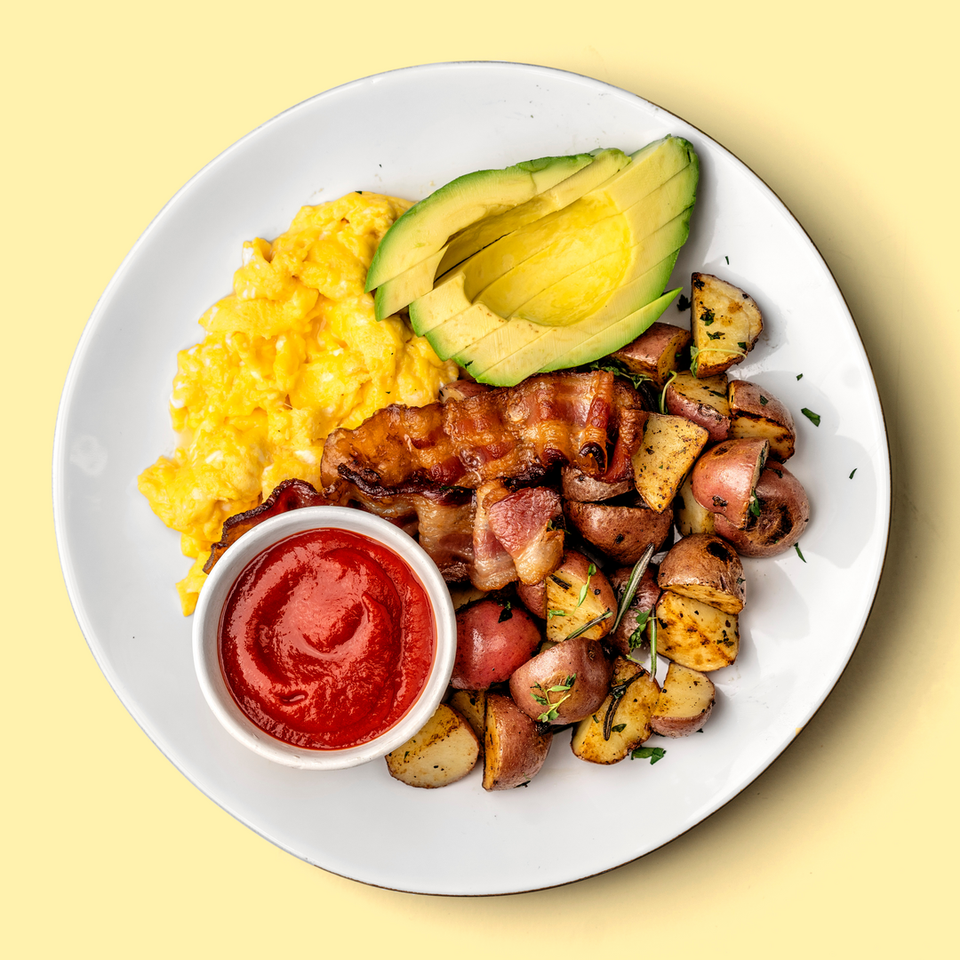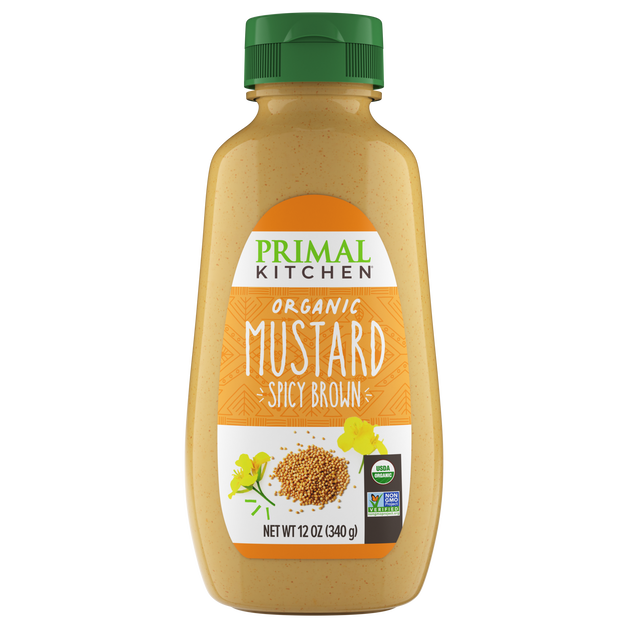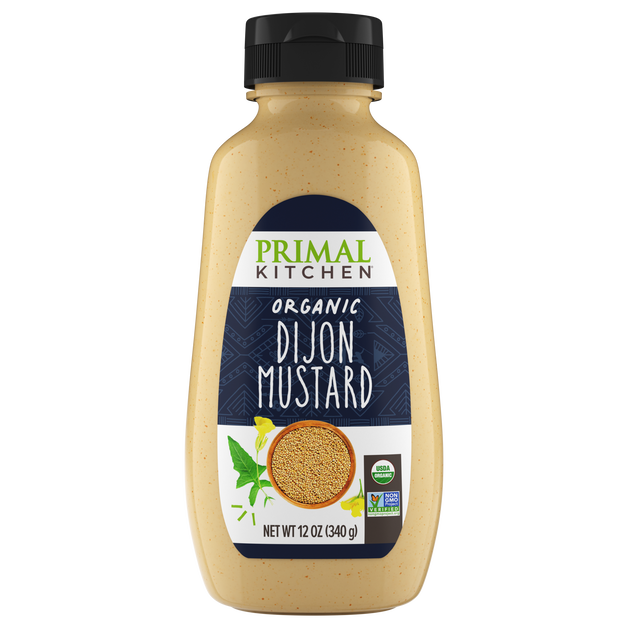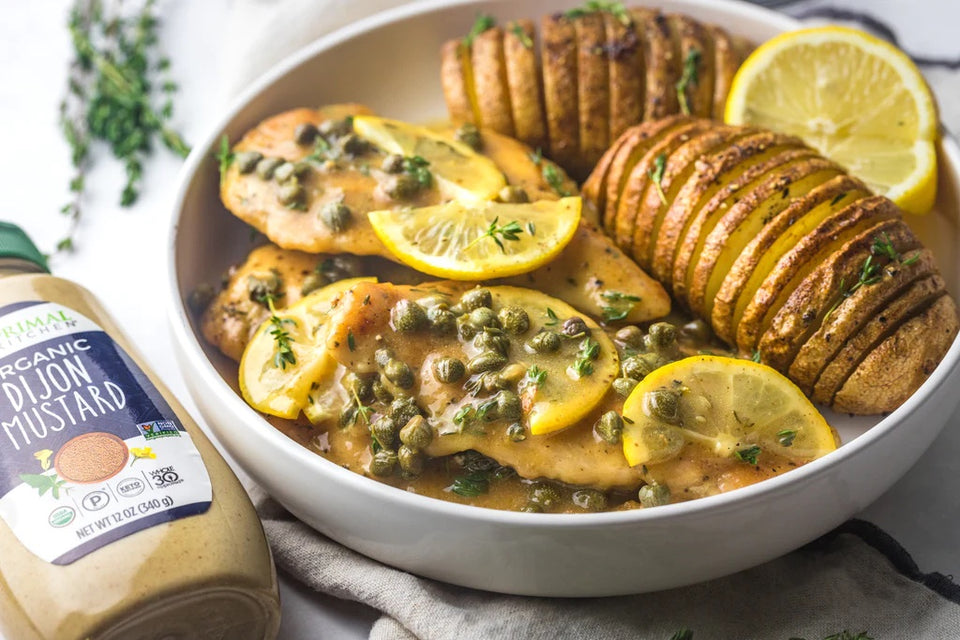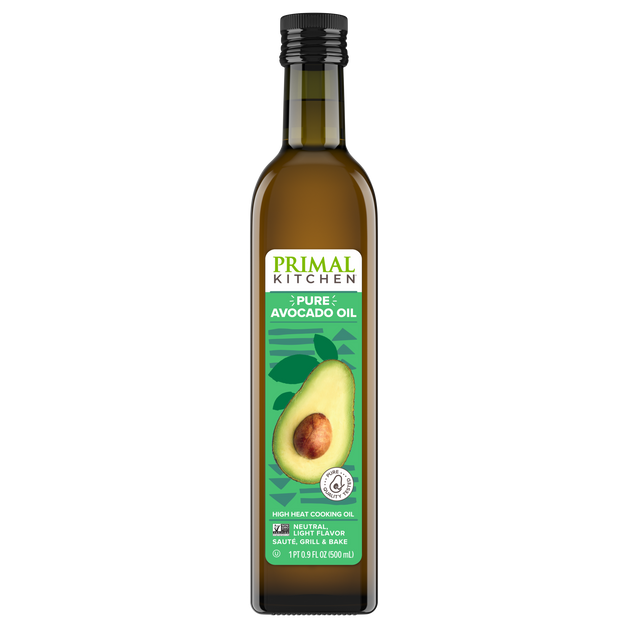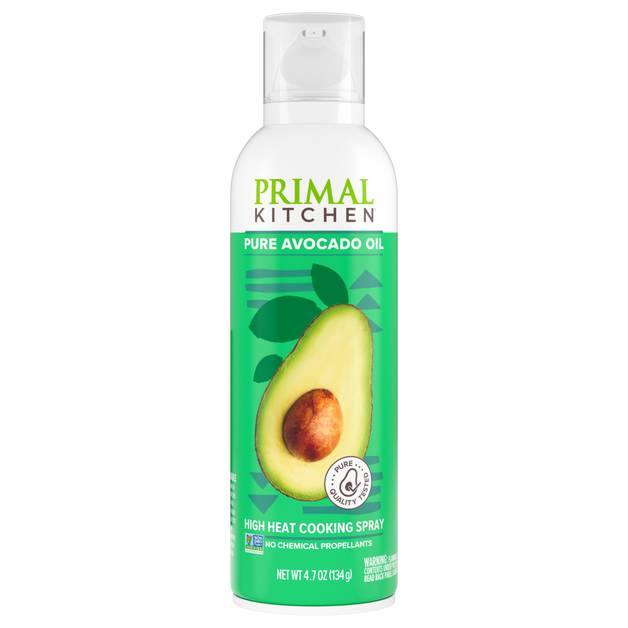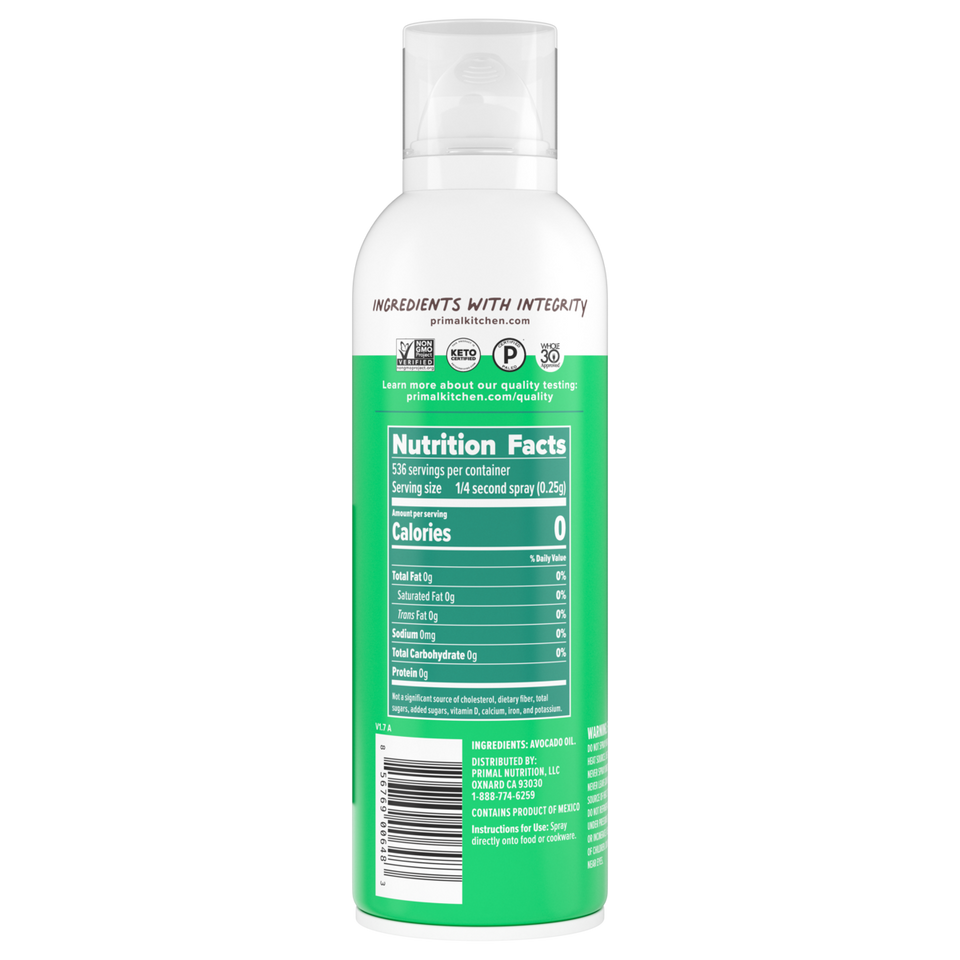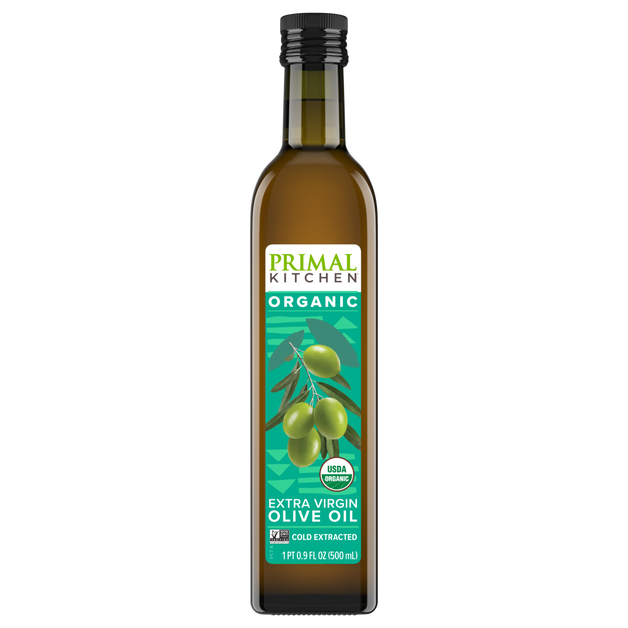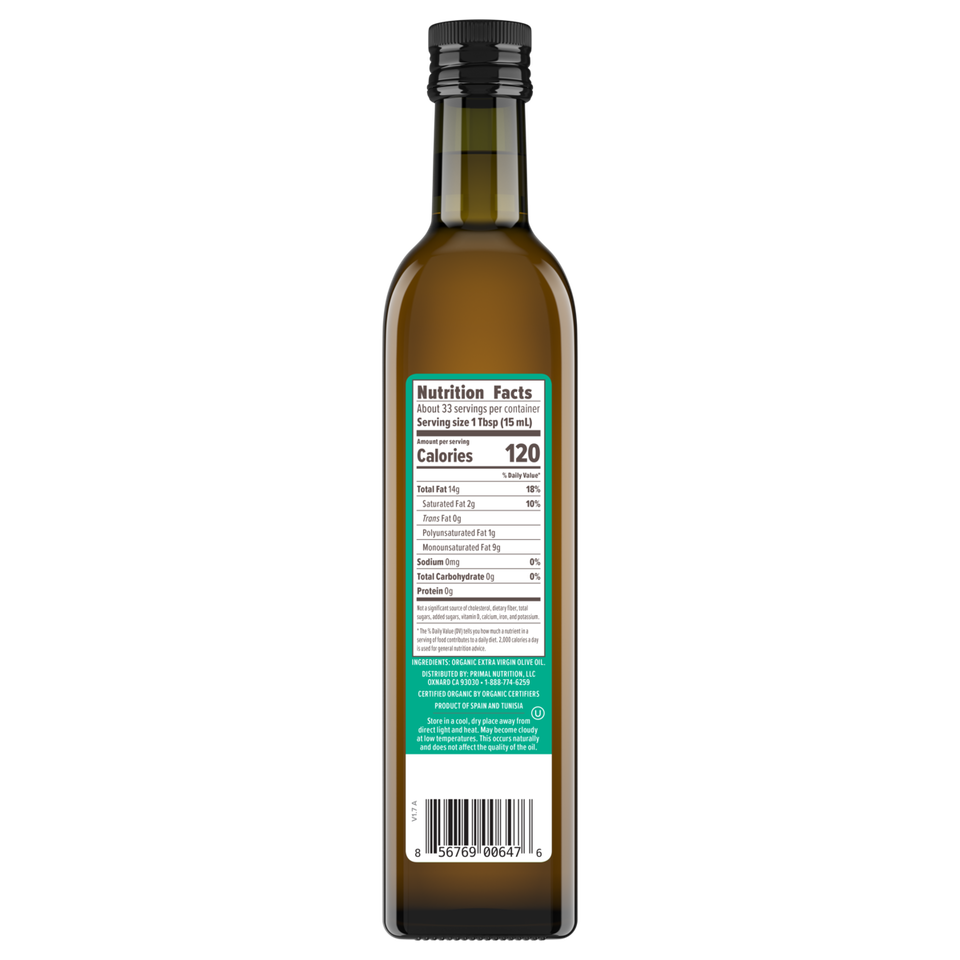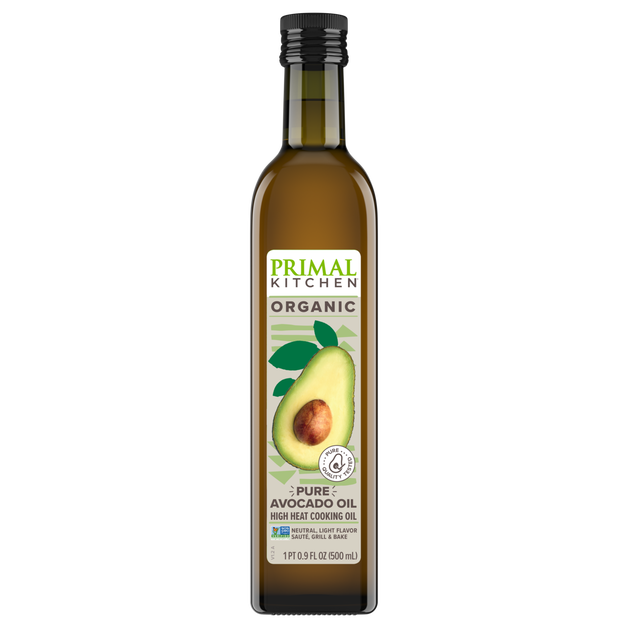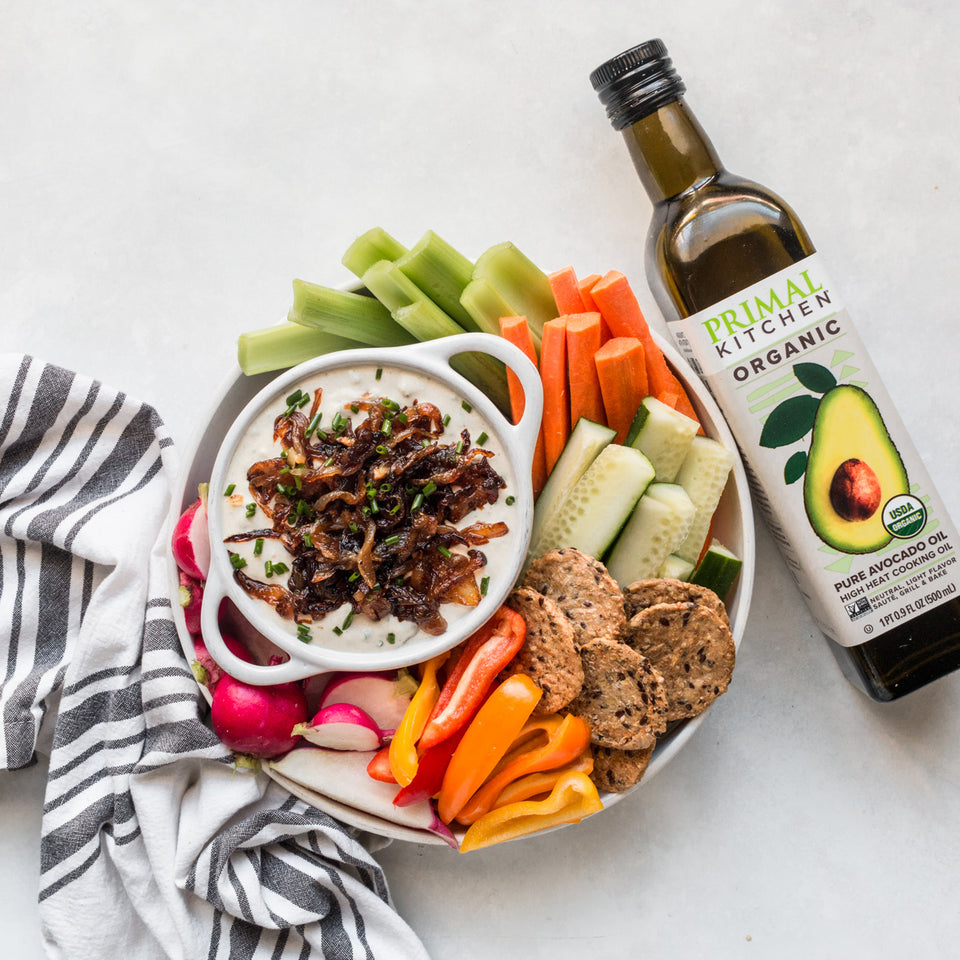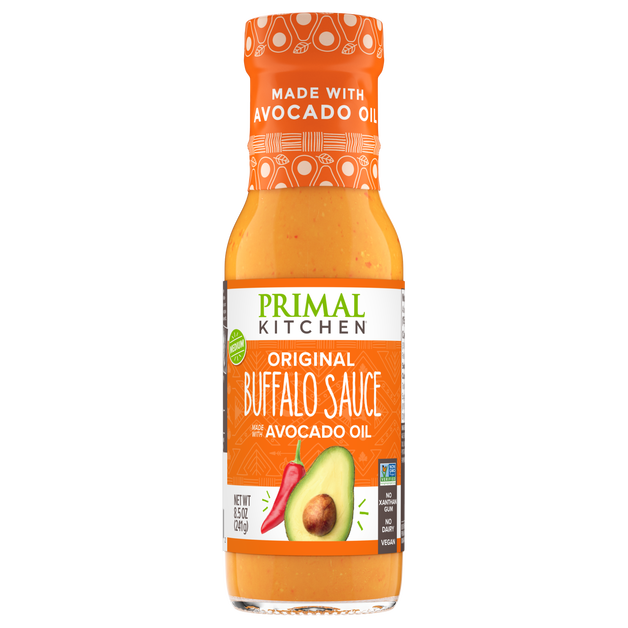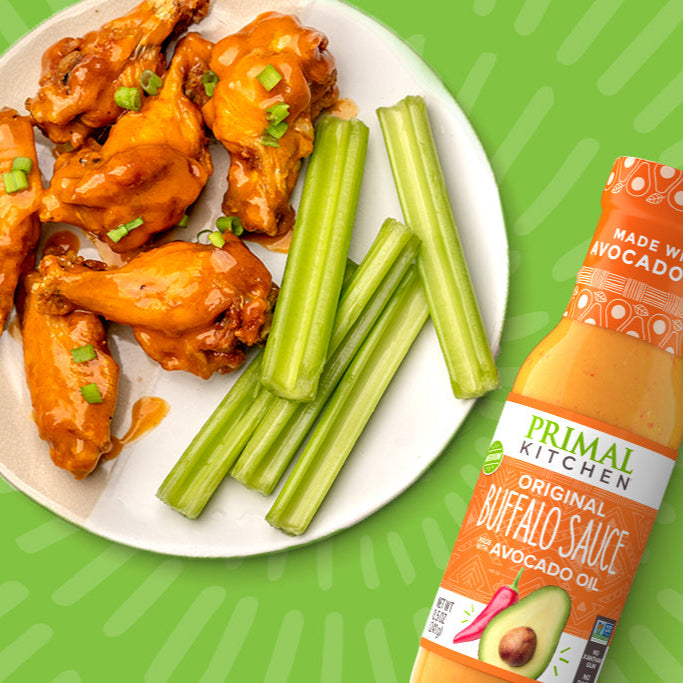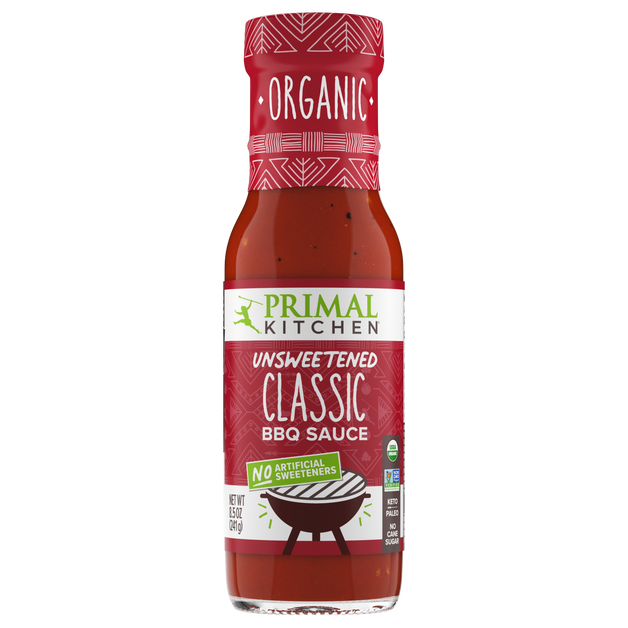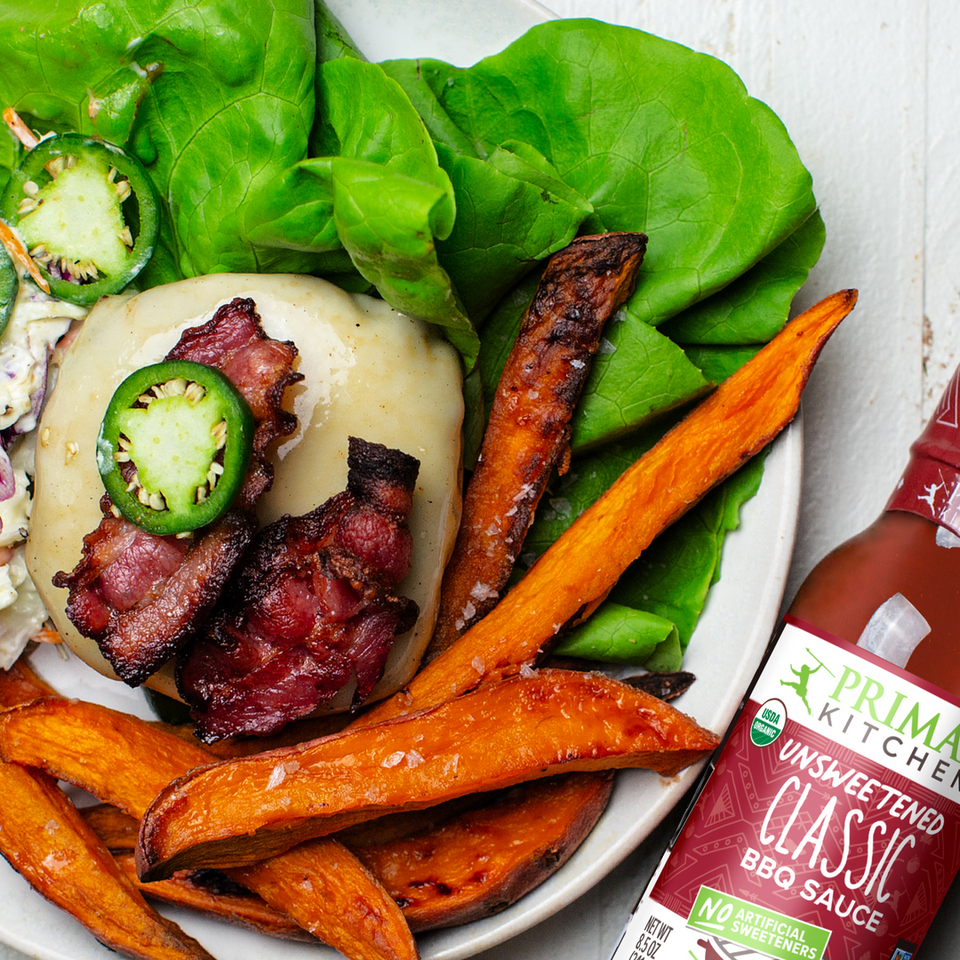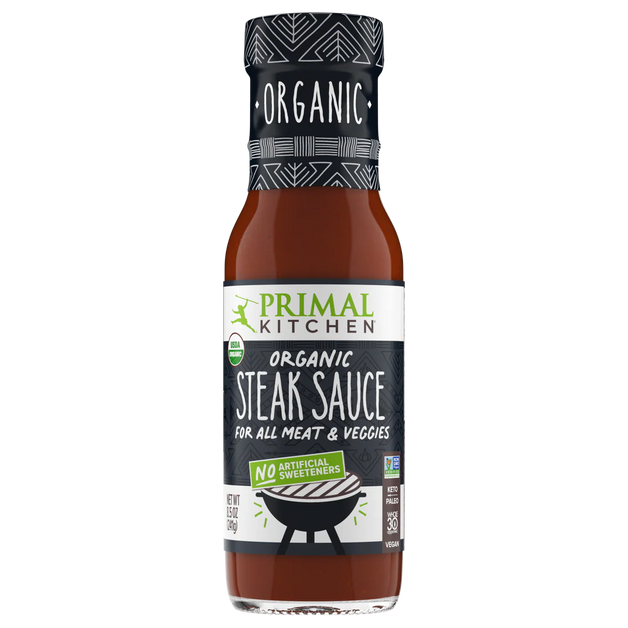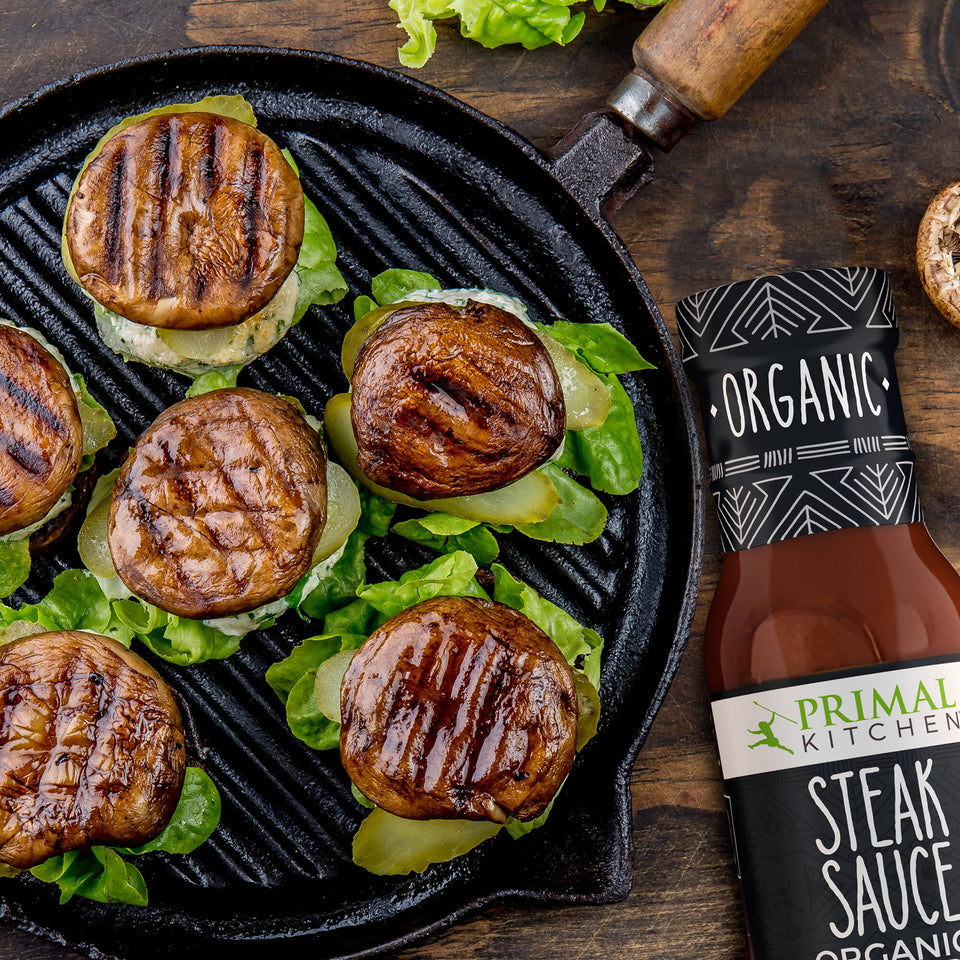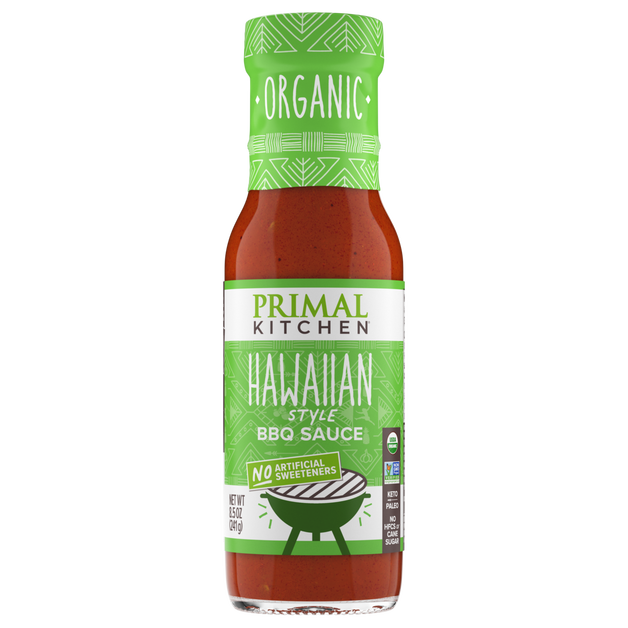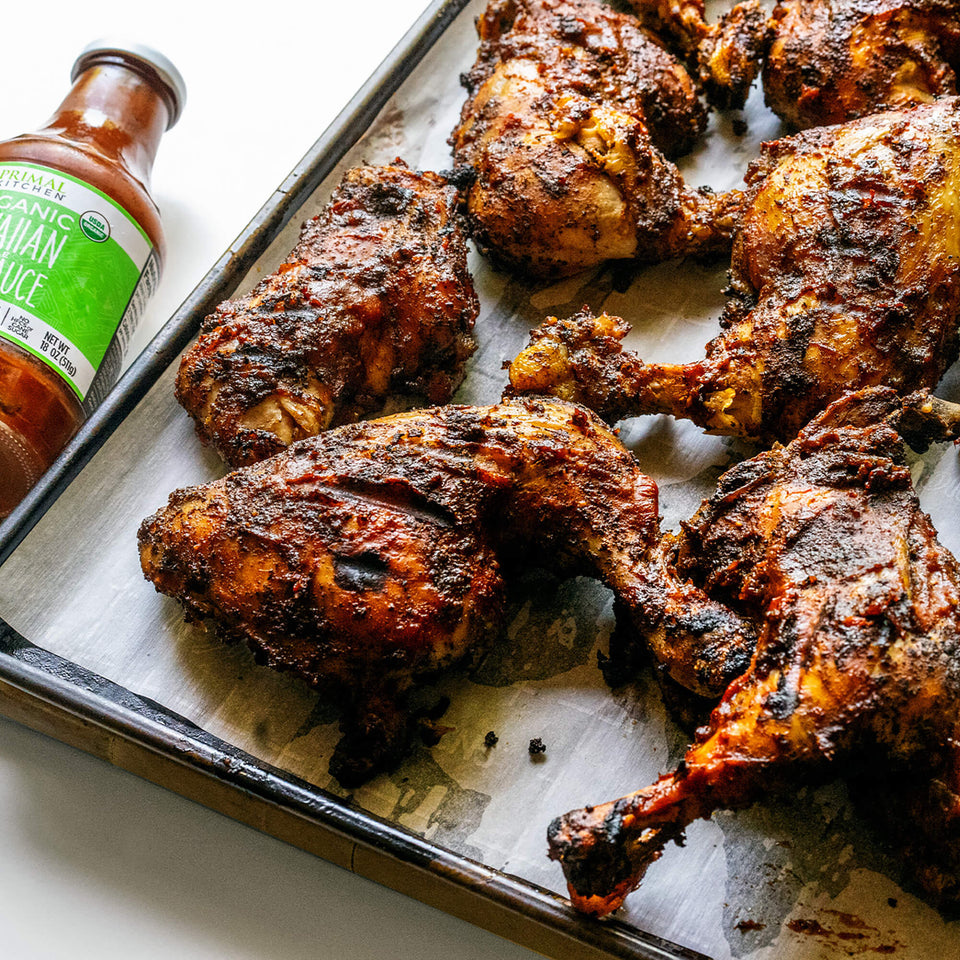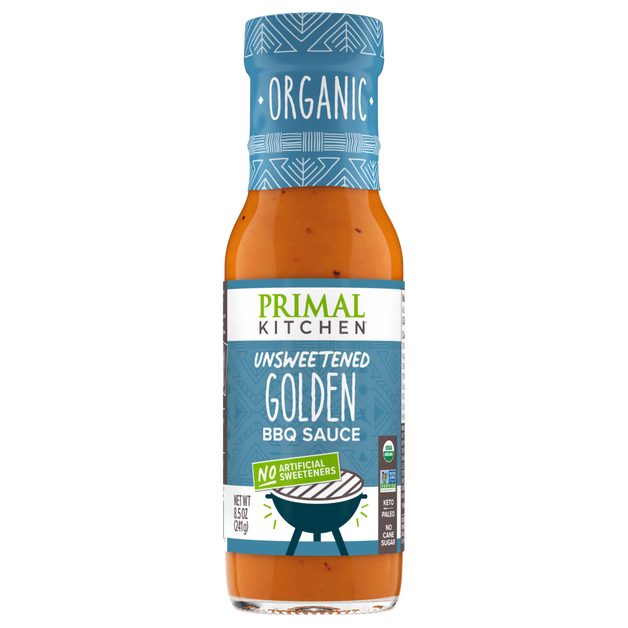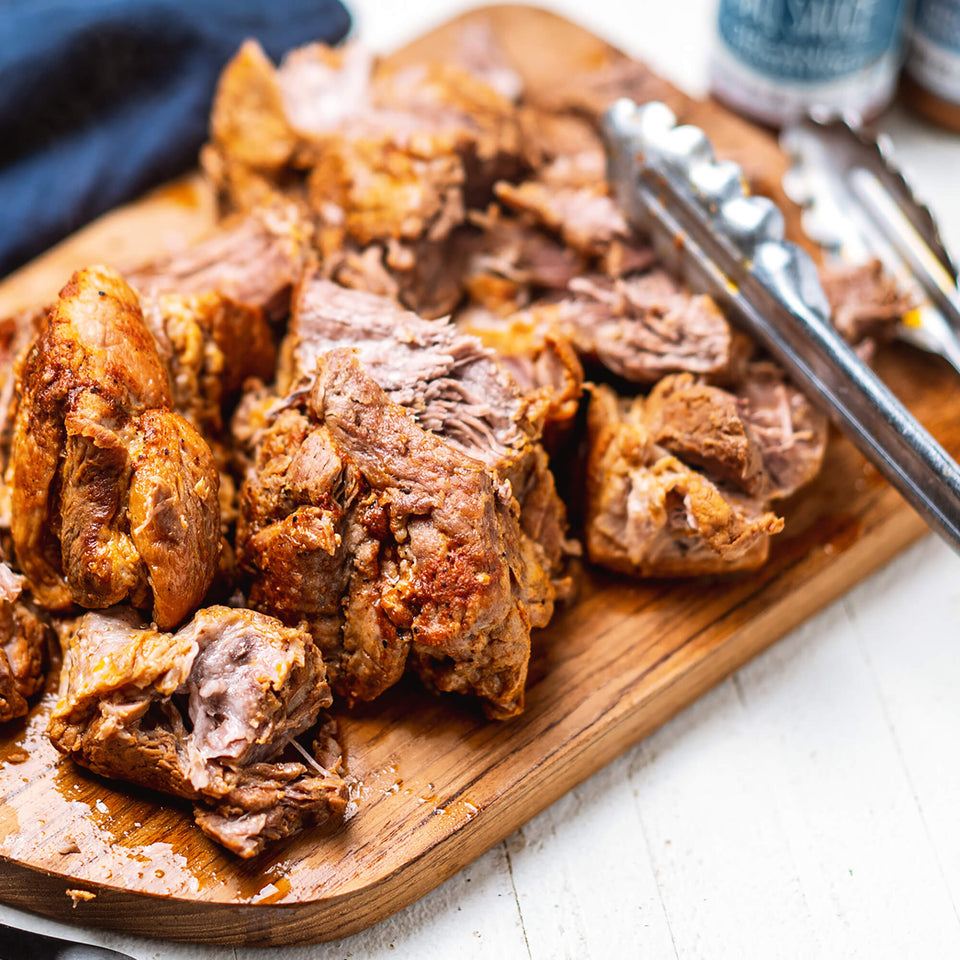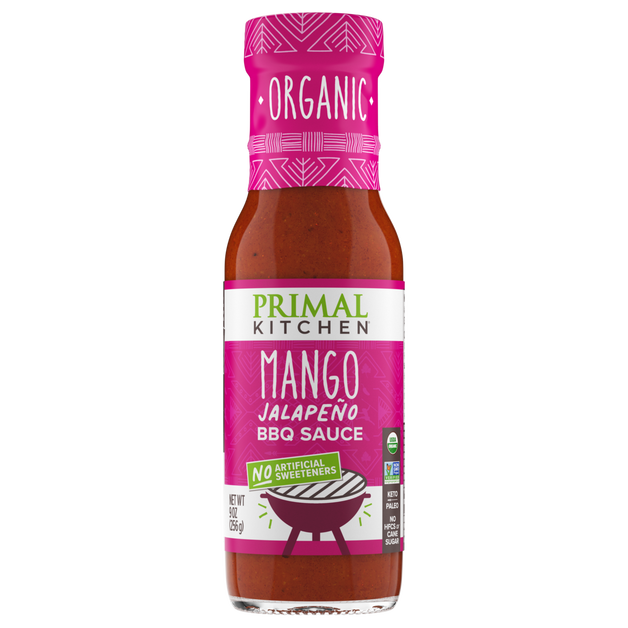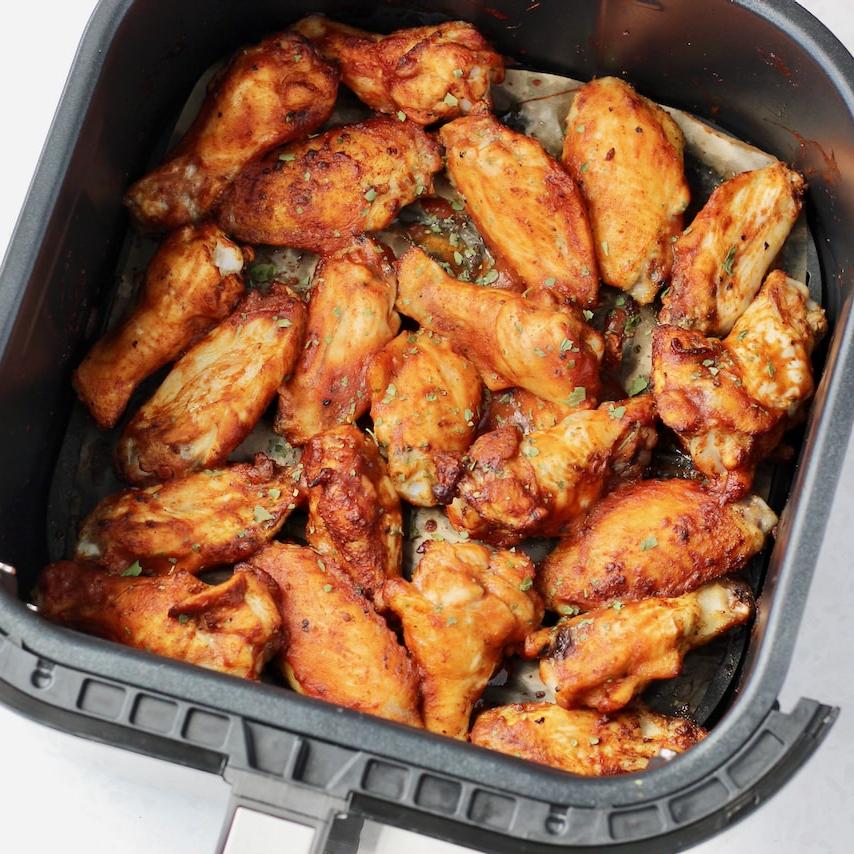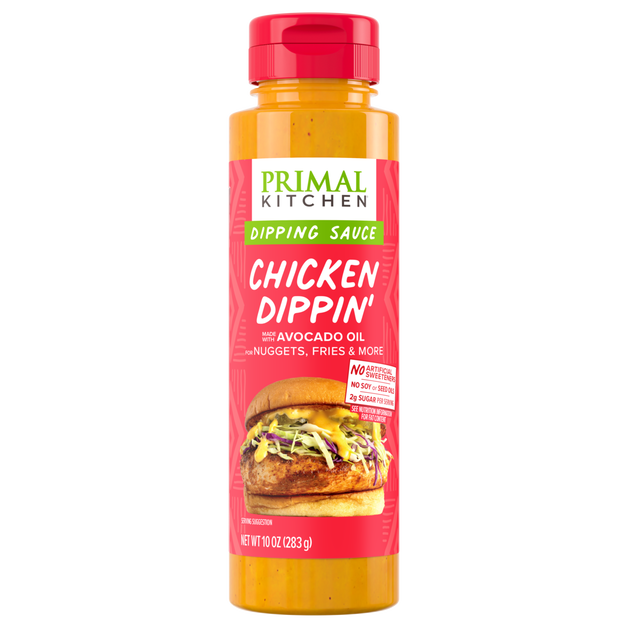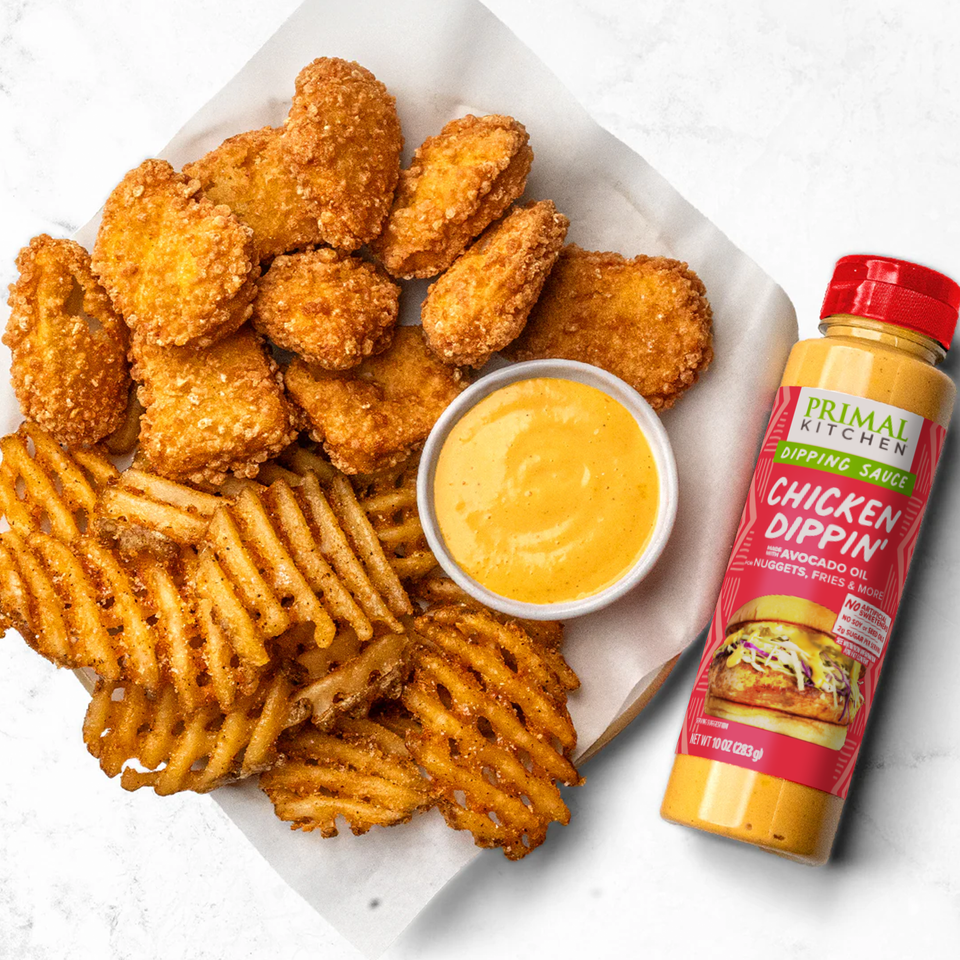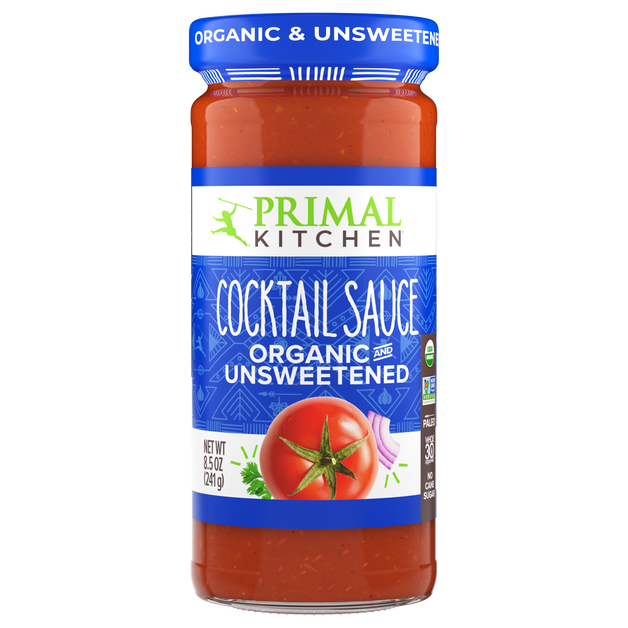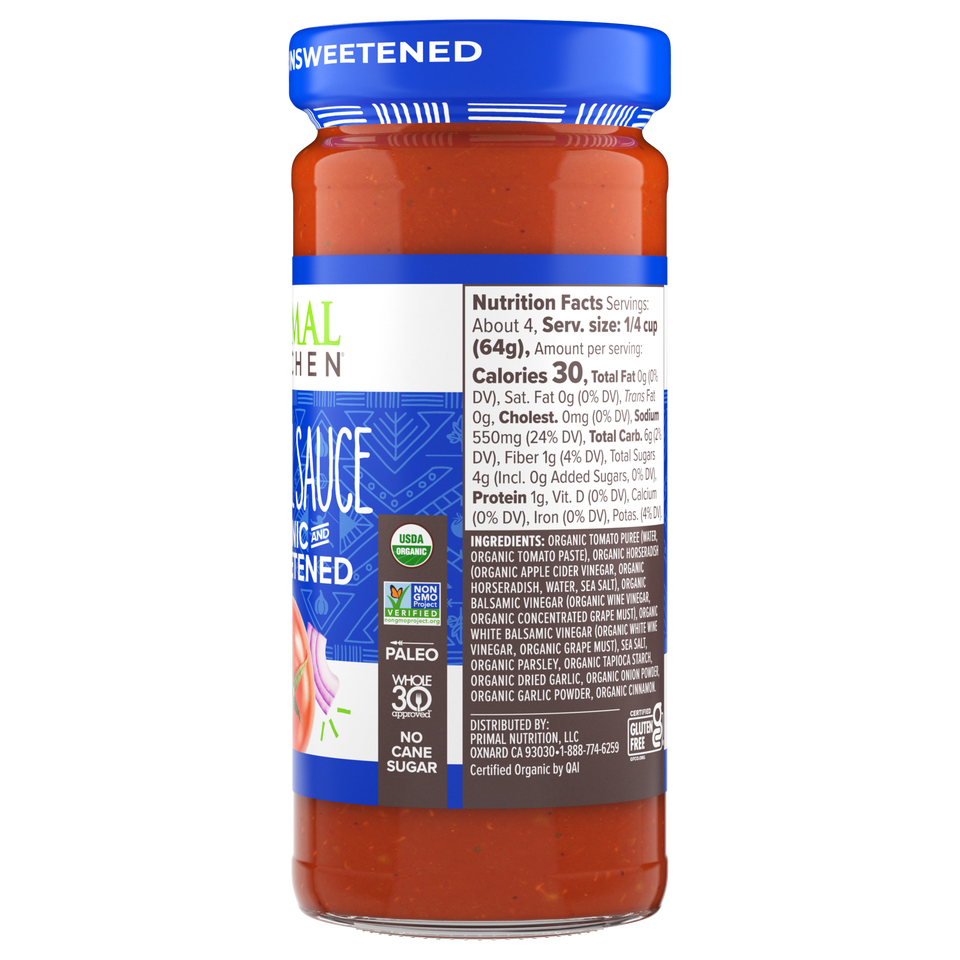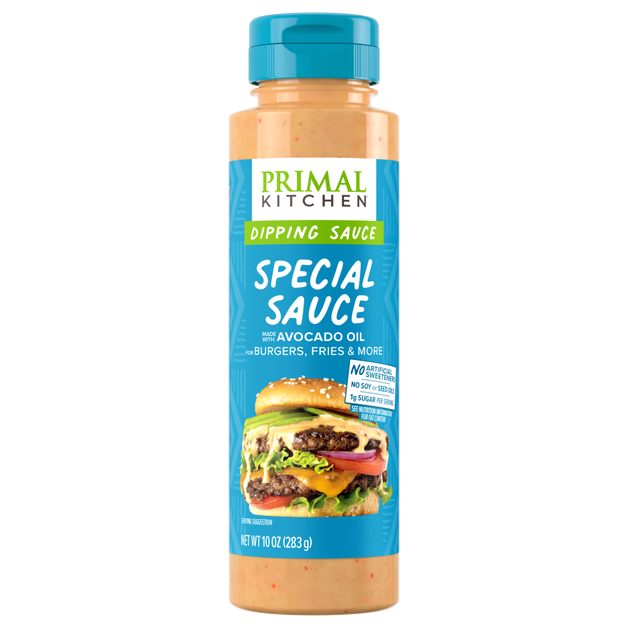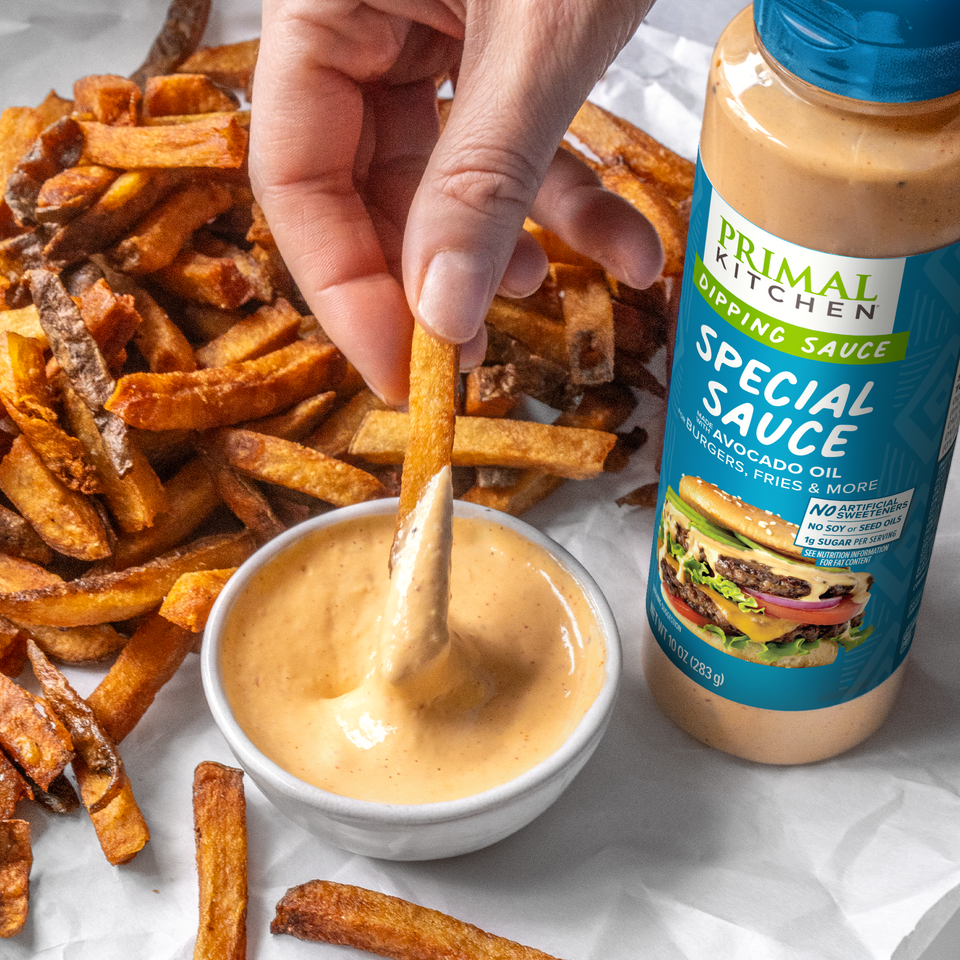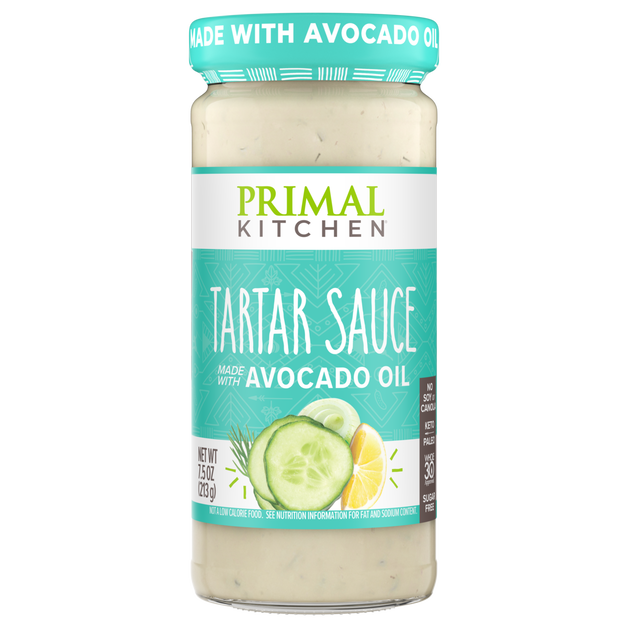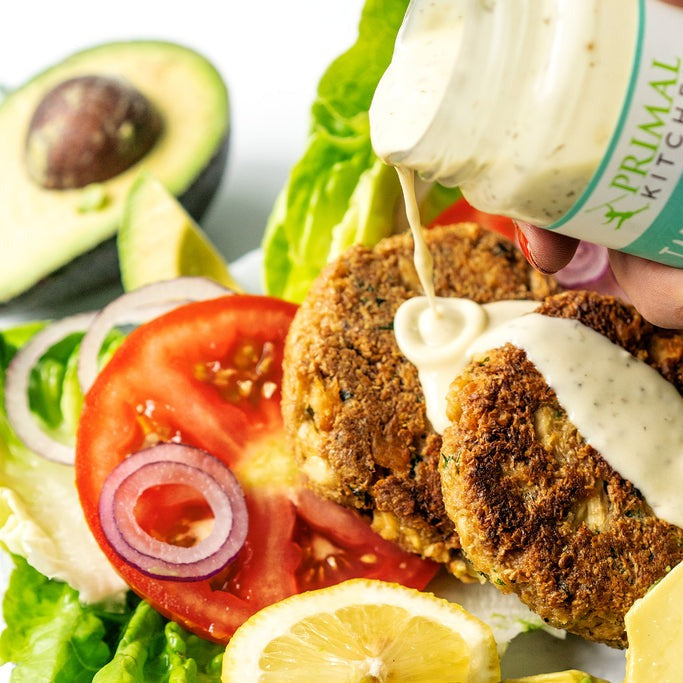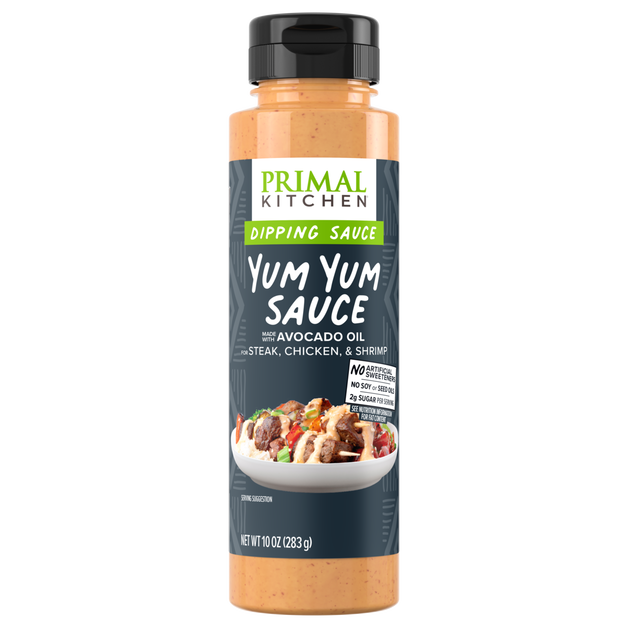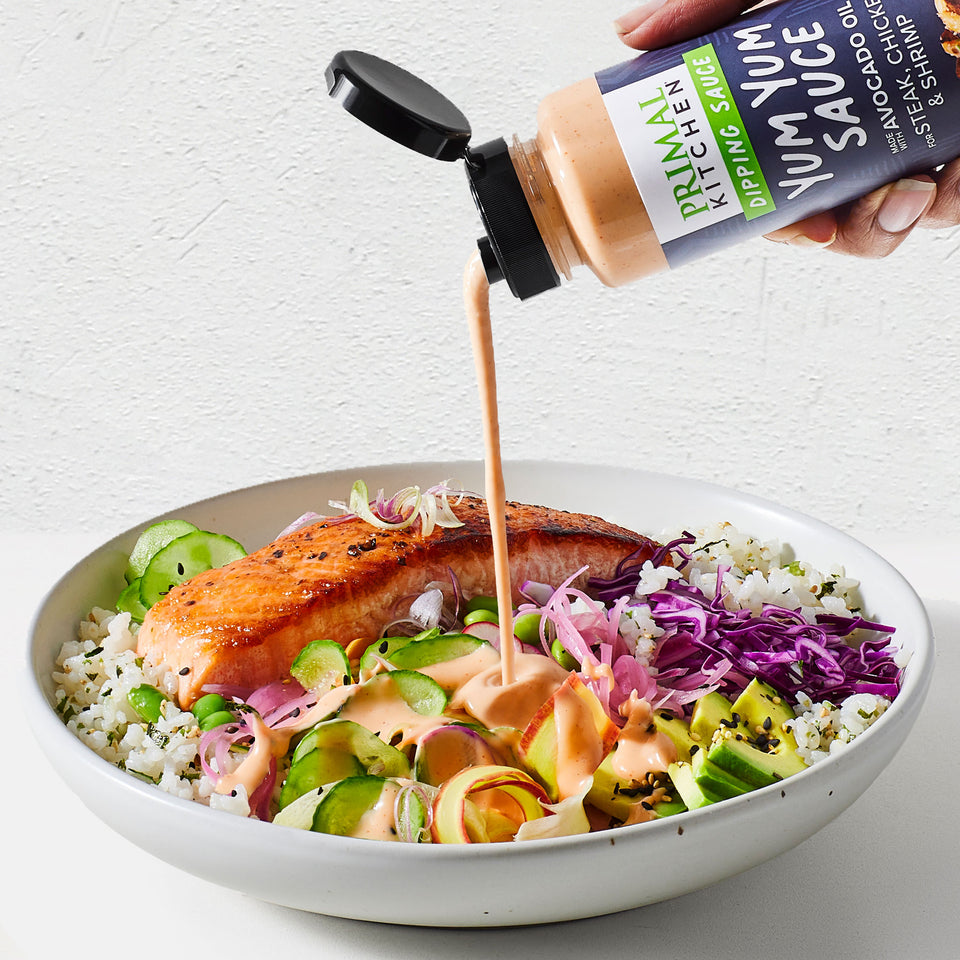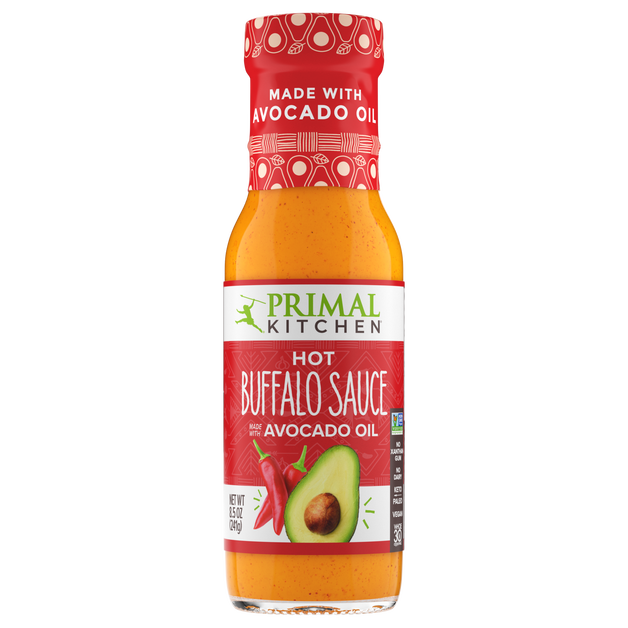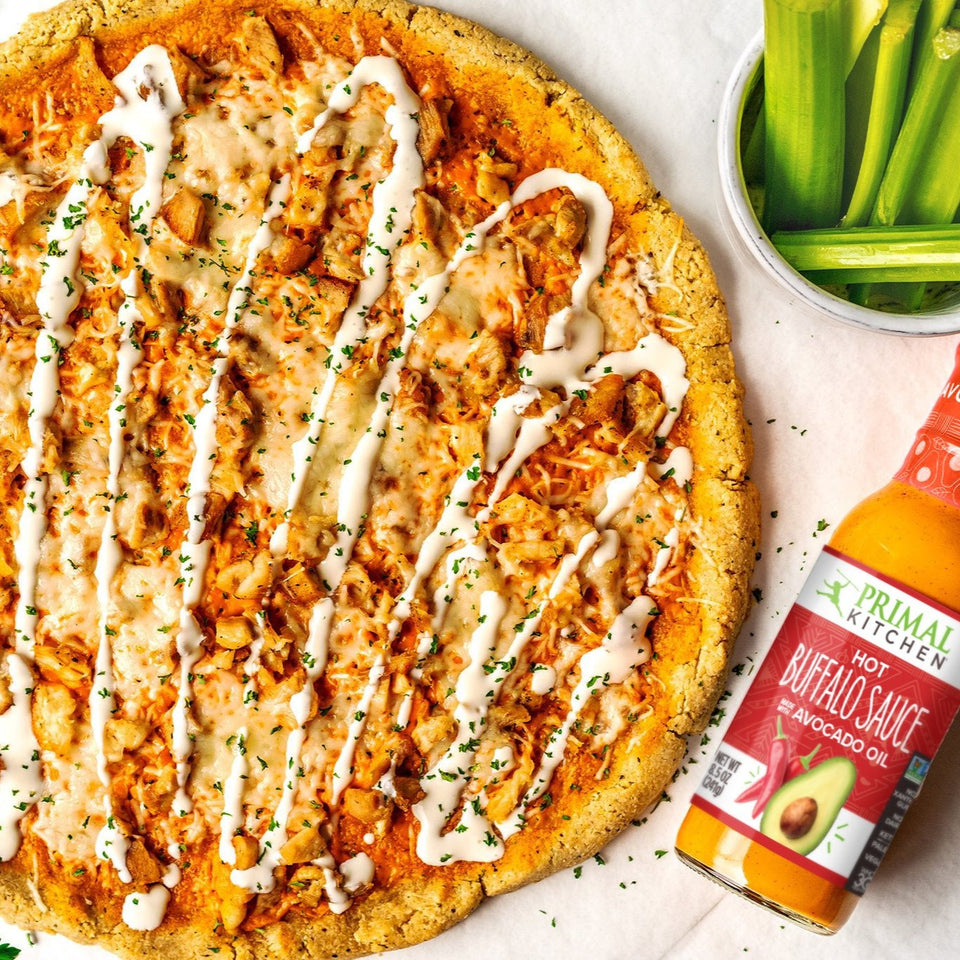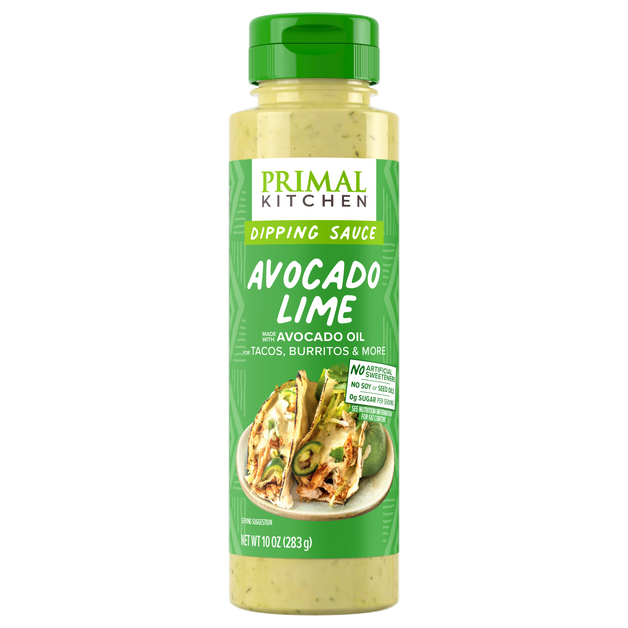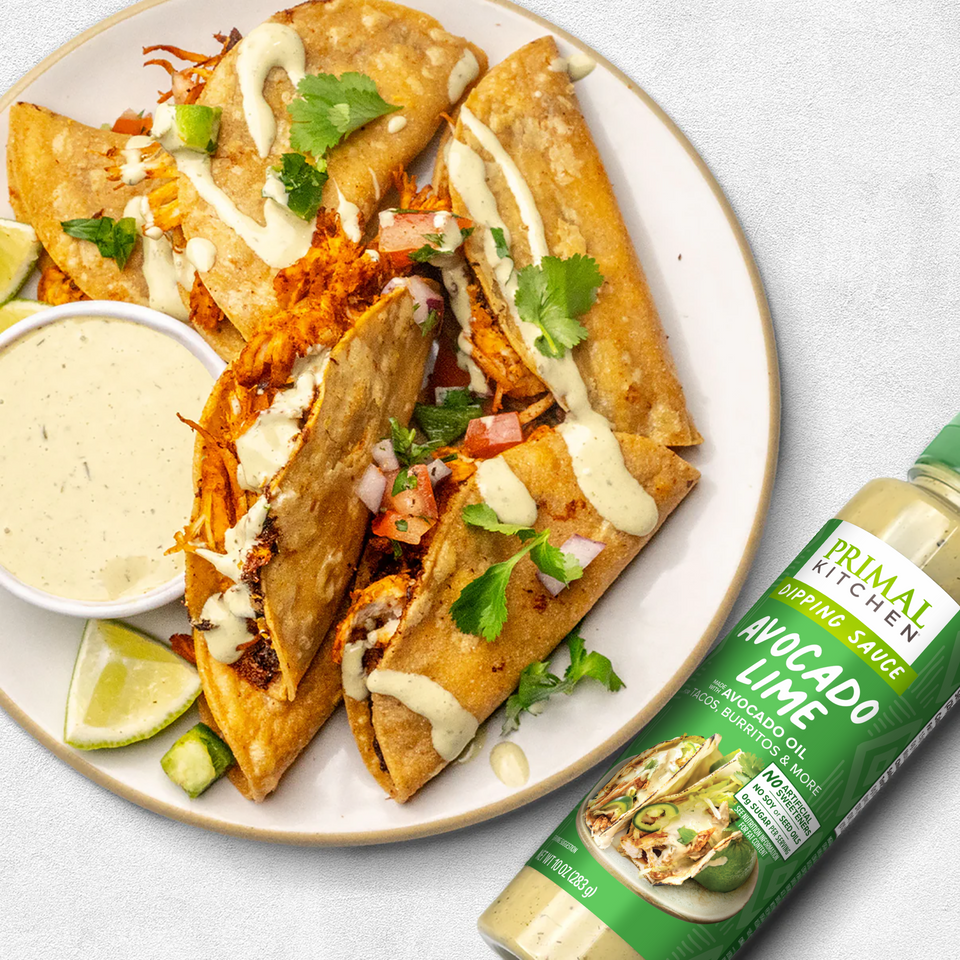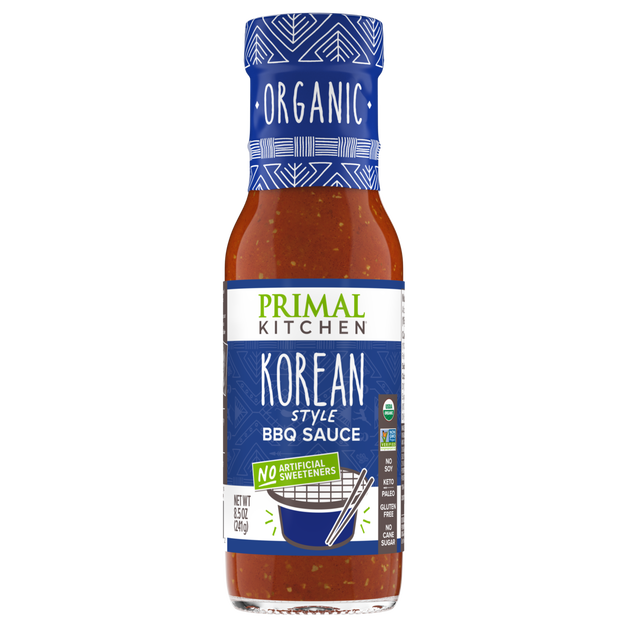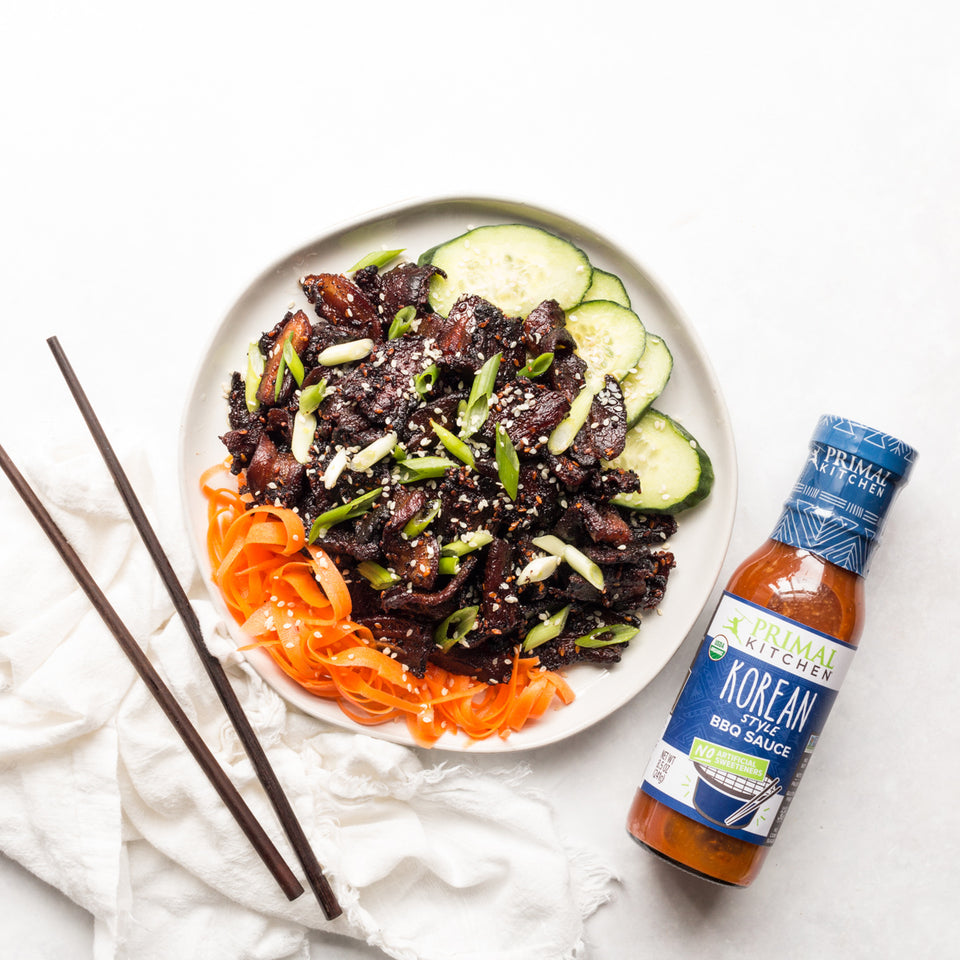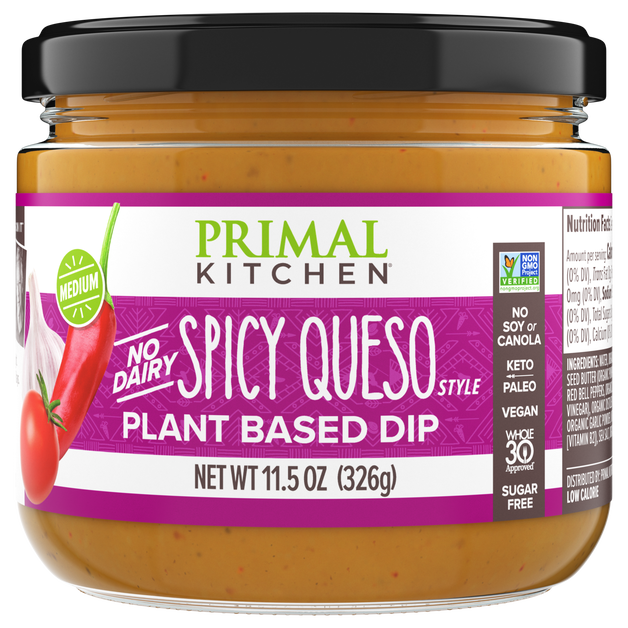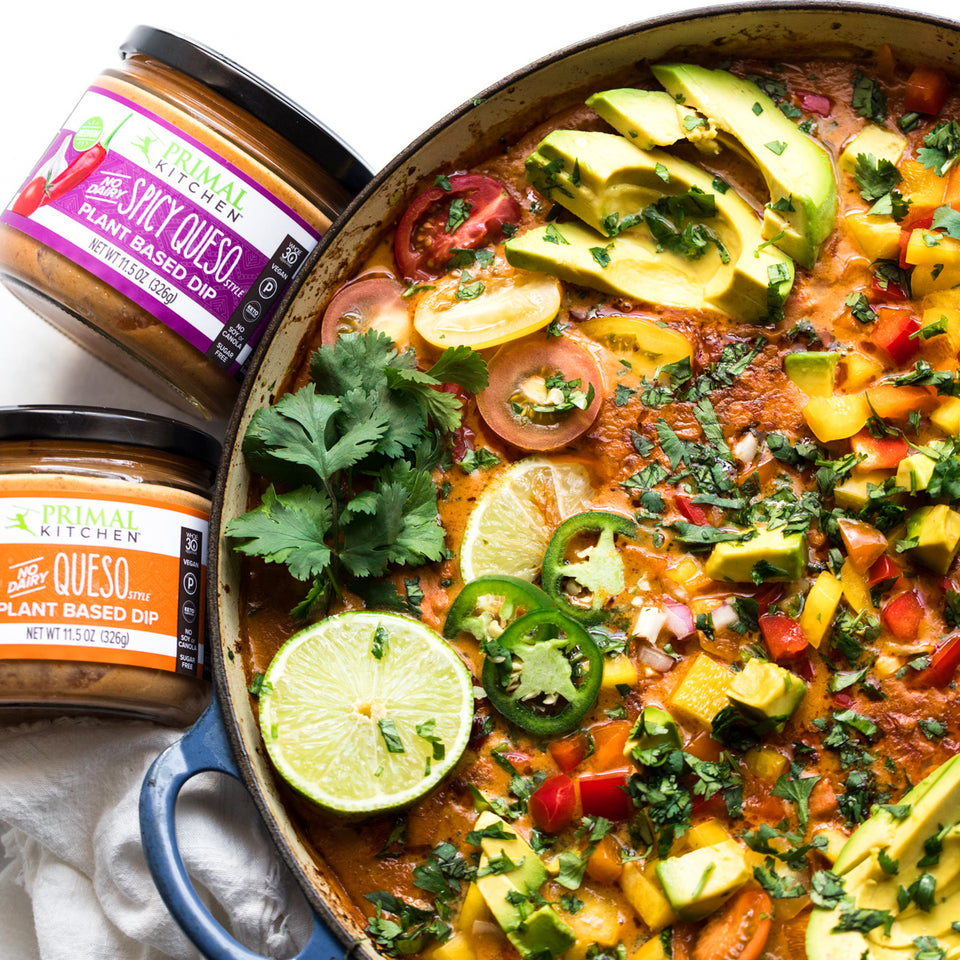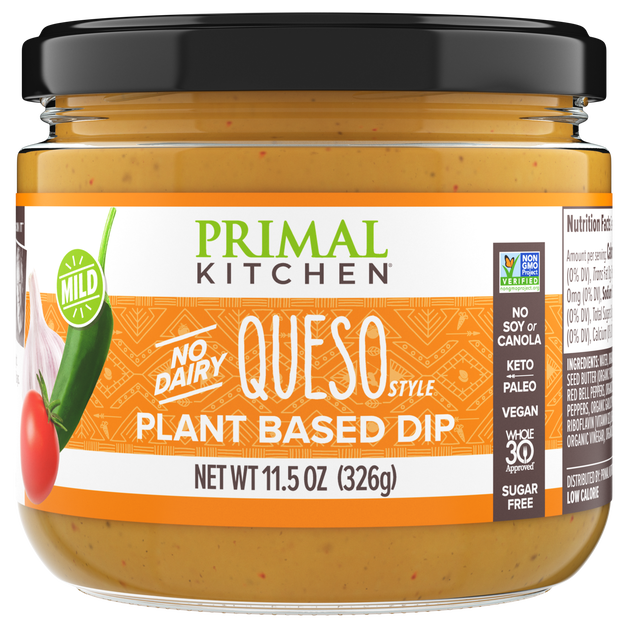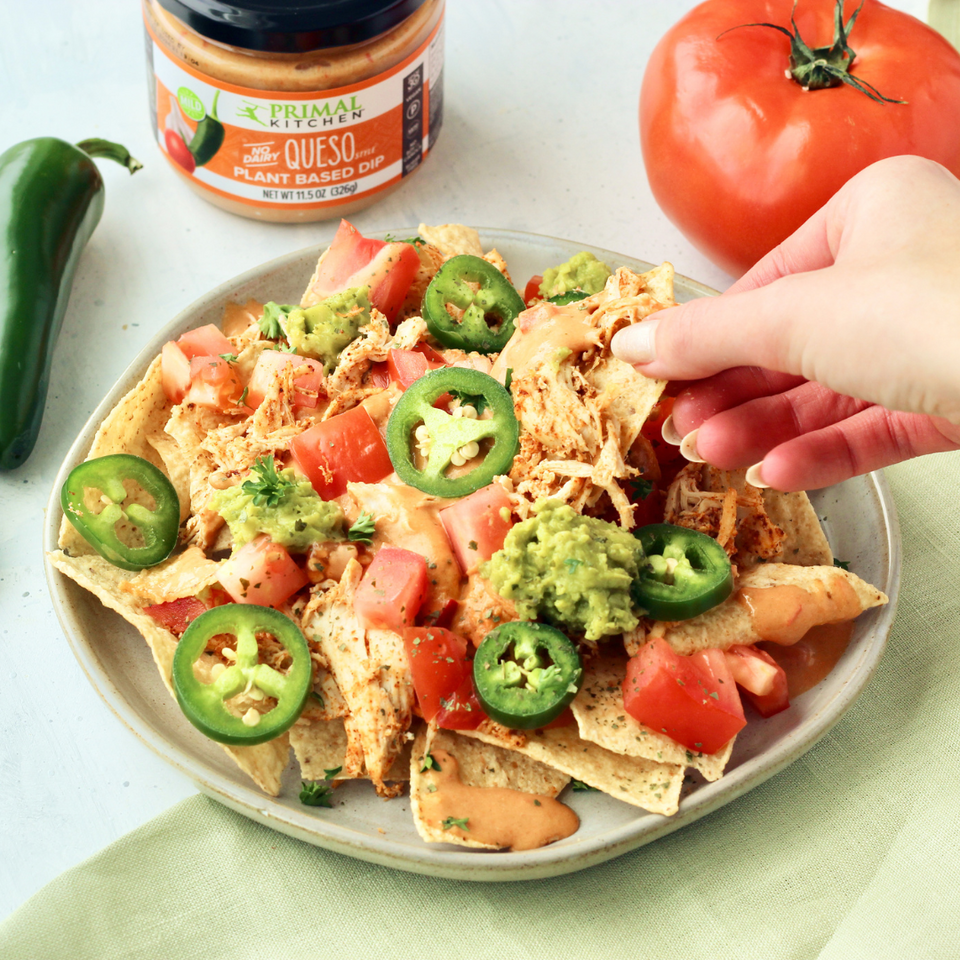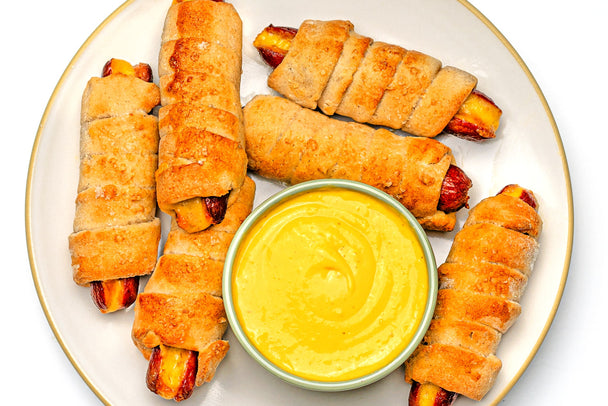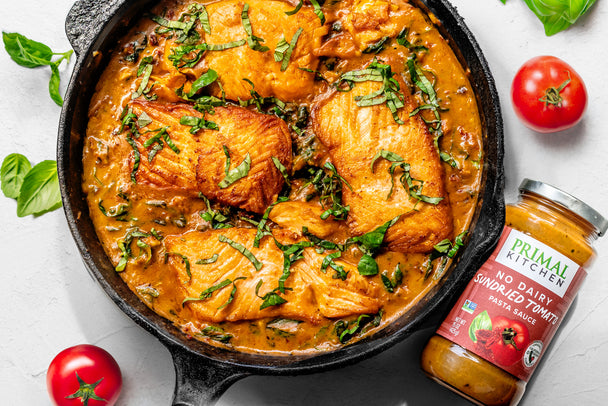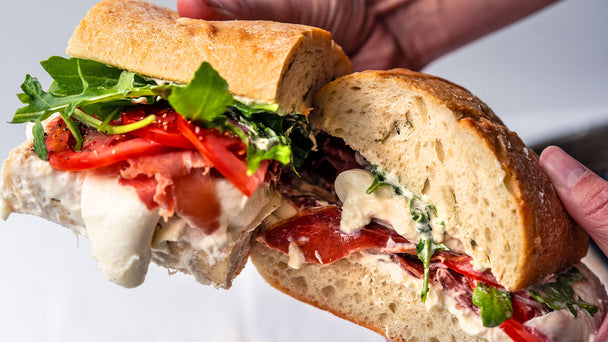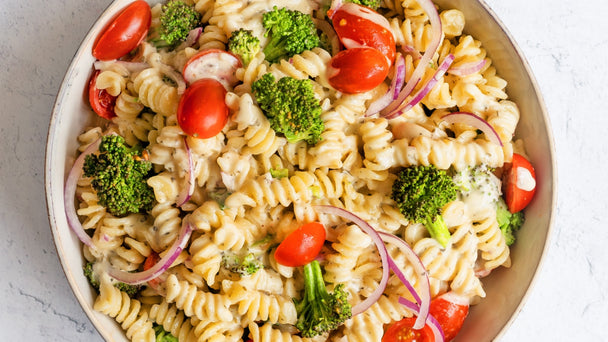Making decisions about what to buy at the grocery store usually comes down to a few important factors: flavor, variety, budgeting, and ingredients. If you're shopping for yourself or your family, knowing how to read food labels can help make those choices easier. Follow this guide for decoding the different labels on your favorite products and how they relate to sourcing and ingredient selection.
Why Are Food Labels Important?
Food labels let consumers know what’s inside their go-to grocery store picks. For folks following specific dietary pattern, they may pay attention to the content of certain nutrients, the absence of certain ingredients, or look for other types of specialty labeling certifications. Learning the guidelines behind each certification is essential to making thoughtful choices.
An FDA nutrition fact panel is different than certifications set forth by organizations. While these certifications shown on labels do correspond to certain eating plans, they also provide insight to preparation and ingredient quality, so even if you’re not keeping Keto or eating plant-based, you can be armed with information about what’s going in your cart.
 What is required on a food label?
What is required on a food label?
The U.S. Food and Drug Administration (known more commonly as the FDA) requires companies and brands to disclose their full ingredient information, nutrition facts panel, presence of certain allergens, what company is producing and distributing the product, as well as any claims.
Which agency regulates food safety and labeling?
Depending on the type of products, labeling and safety are regulated by either the Food & Drug Administration (FDA) or the US Department of Agriculture (USDA). The U.S. FDA regulates food safety and labeling for products made and manufactured in the United States.
Other icons you may see on labels, like Whole30, Non-GMO Project Verified, Certified Keto, etc., are third-party certifiers that allow products to bear their logo if certain standards are met. Certifications like the Whole30 Approved® label or Non-GMO Project Verified logo are given by their affiliated organizations when a product meets their standards.
What does DV stand for on food labels?
The %DV stands for “percent daily value”, and reflects the amount of various nutrients present in a serving of that food in relation to the daily requirement for the nutrient. %DV refers to the percentage of daily value a product carries for a nutrient in a serving. The percent daily value is dependent on the product and the serving size.
Understanding Certifications on a Food Label
Below is a list of some certifications you might have seen on your fave Primal Kitchen products. Here is what each of those icons mean about the ingredients inside the bottle.
 Certified Paleo: No grains, legumes, dairy and is approved by the Paleo Foundation.
Certified Paleo: No grains, legumes, dairy and is approved by the Paleo Foundation.
 Whole30 Approved®: no added sugar or sweeteners, grains, legumes, dairy, or carrageenan, and is approved by the Whole30 Program’s team.
Whole30 Approved®: no added sugar or sweeteners, grains, legumes, dairy, or carrageenan, and is approved by the Whole30 Program’s team.
![]() Keto Certified: no partially-hydrogenated oils or trans fats, saccharin, cyclamate, acesulfame, aspartame, sucralose, corn syrups or Maltitol, or artificial flavors. For snacks, there’s less than 6g of net carbs per serving, and for condiments, there’s less than 2g per .5 oz, and this item is approved by Keto Certified.
Keto Certified: no partially-hydrogenated oils or trans fats, saccharin, cyclamate, acesulfame, aspartame, sucralose, corn syrups or Maltitol, or artificial flavors. For snacks, there’s less than 6g of net carbs per serving, and for condiments, there’s less than 2g per .5 oz, and this item is approved by Keto Certified.
![]() Non-GMO Project Verified: this product was created without the use of genetically modified organisms.
Non-GMO Project Verified: this product was created without the use of genetically modified organisms.
 Certified Gluten-Free: this product has been independently certified by the Gluten Free Certification Organization and meets their standards.
Certified Gluten-Free: this product has been independently certified by the Gluten Free Certification Organization and meets their standards.
 Vegan: This product does not contain any animal by-products, like dairy or whey.
Vegan: This product does not contain any animal by-products, like dairy or whey.
How to Read Food Label Ingredient Lists
Did you know that the order of the ingredients list matters? The higher on the list an ingredient is in a product directly correlates to how much of that ingredient makes it into the final product.
For example, an avocado oil-based dressing may list avocado oil first, and ingredients like spices last. Before adding that new item to cart, be sure to take a second look at the label–it’s brimming with important info about how this product made it to your grocery store shelf.
At Primal Kitchen, we’re always innovating our real ingredients to create a better taste and user experience. We’re forever students of food, and know our beloved customers are too! Understanding the food science behind the label gives a little insight into our creative culinary process and our commitment to serving our Primal community.
